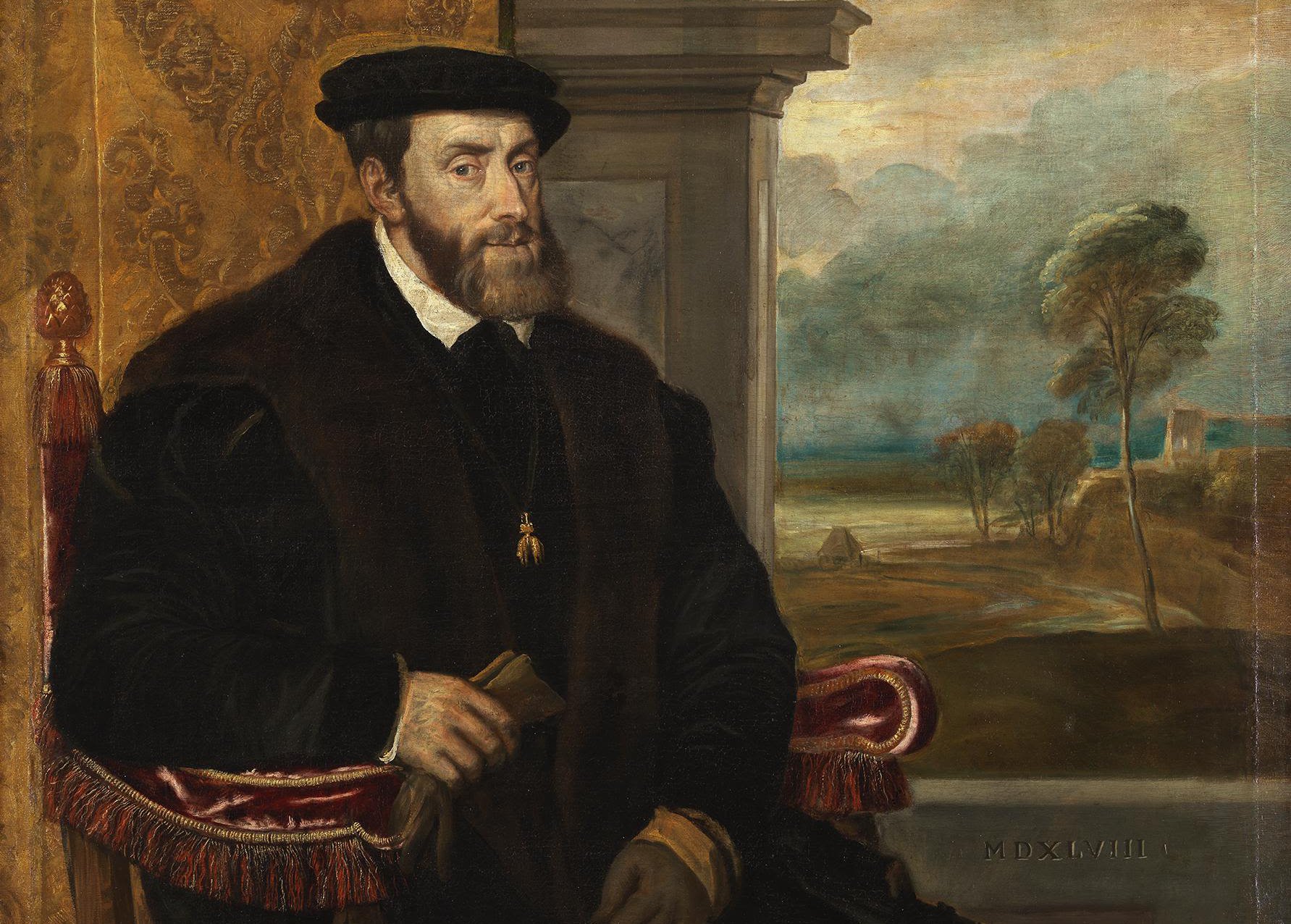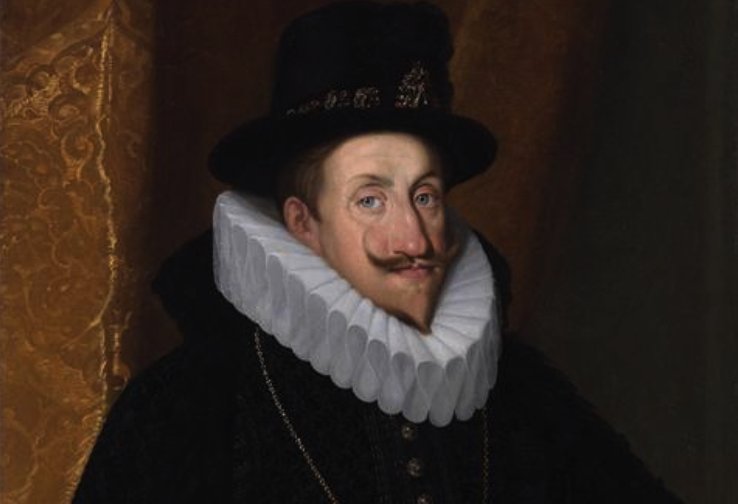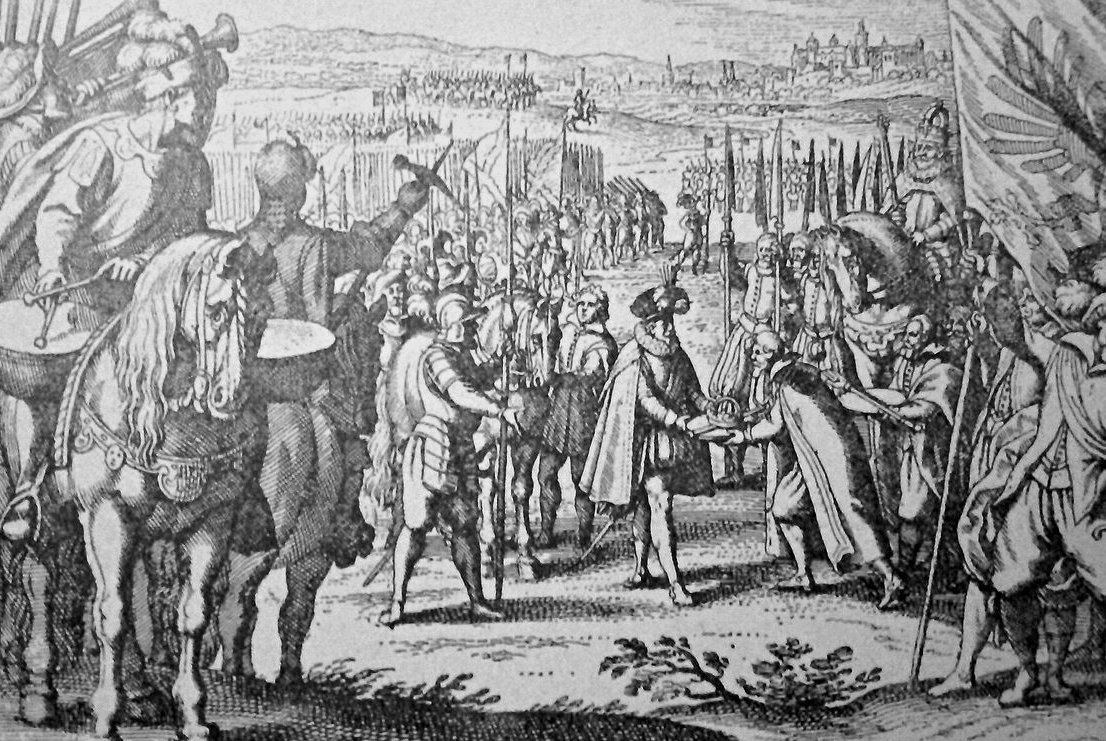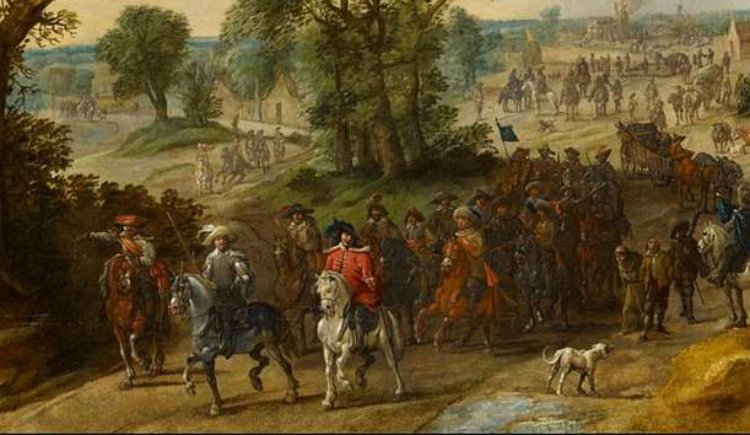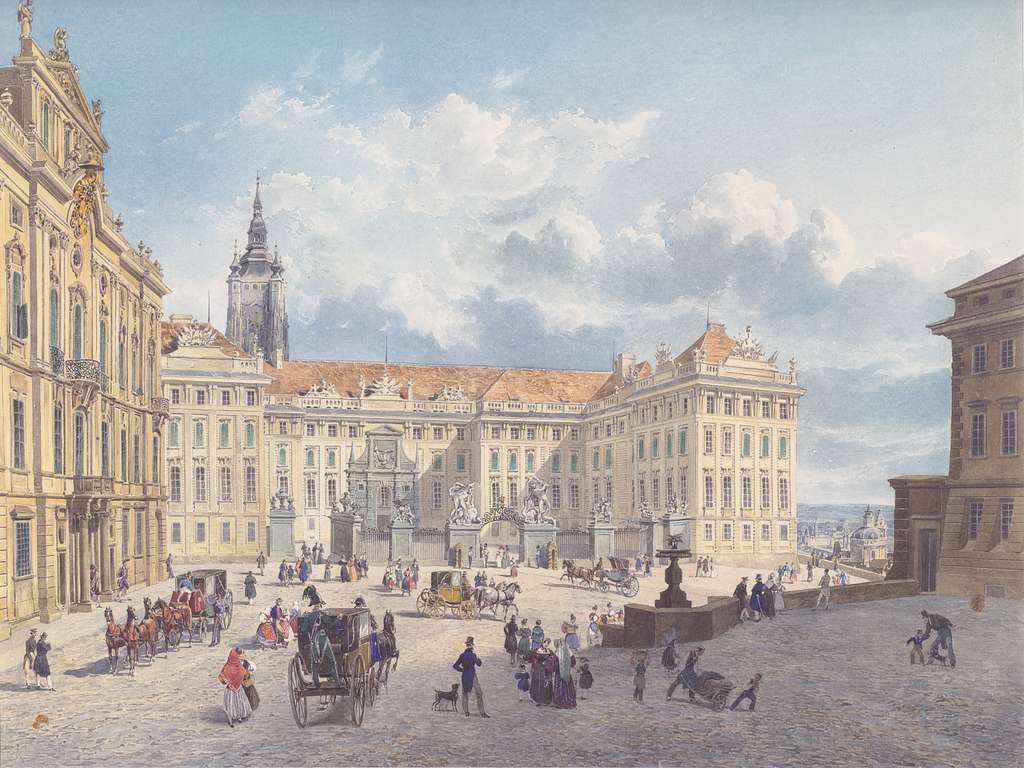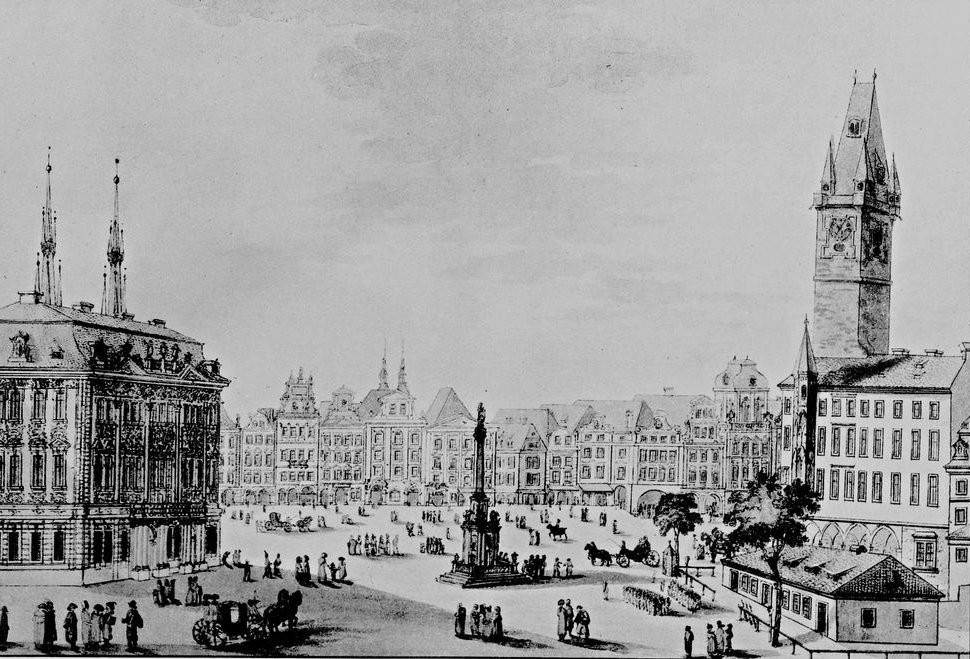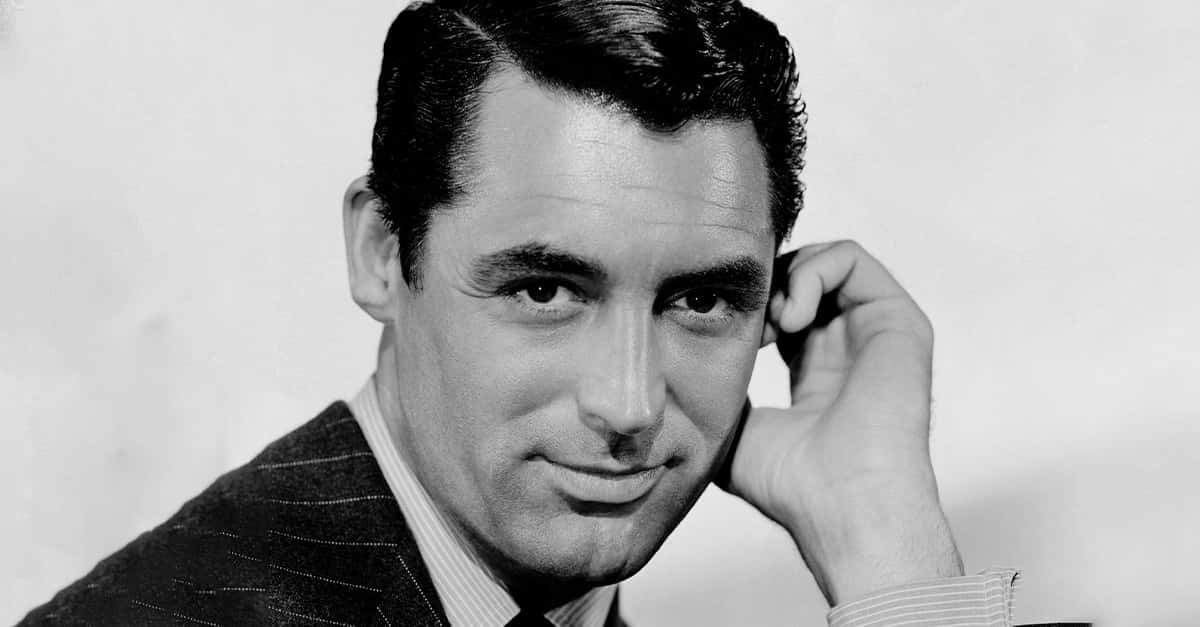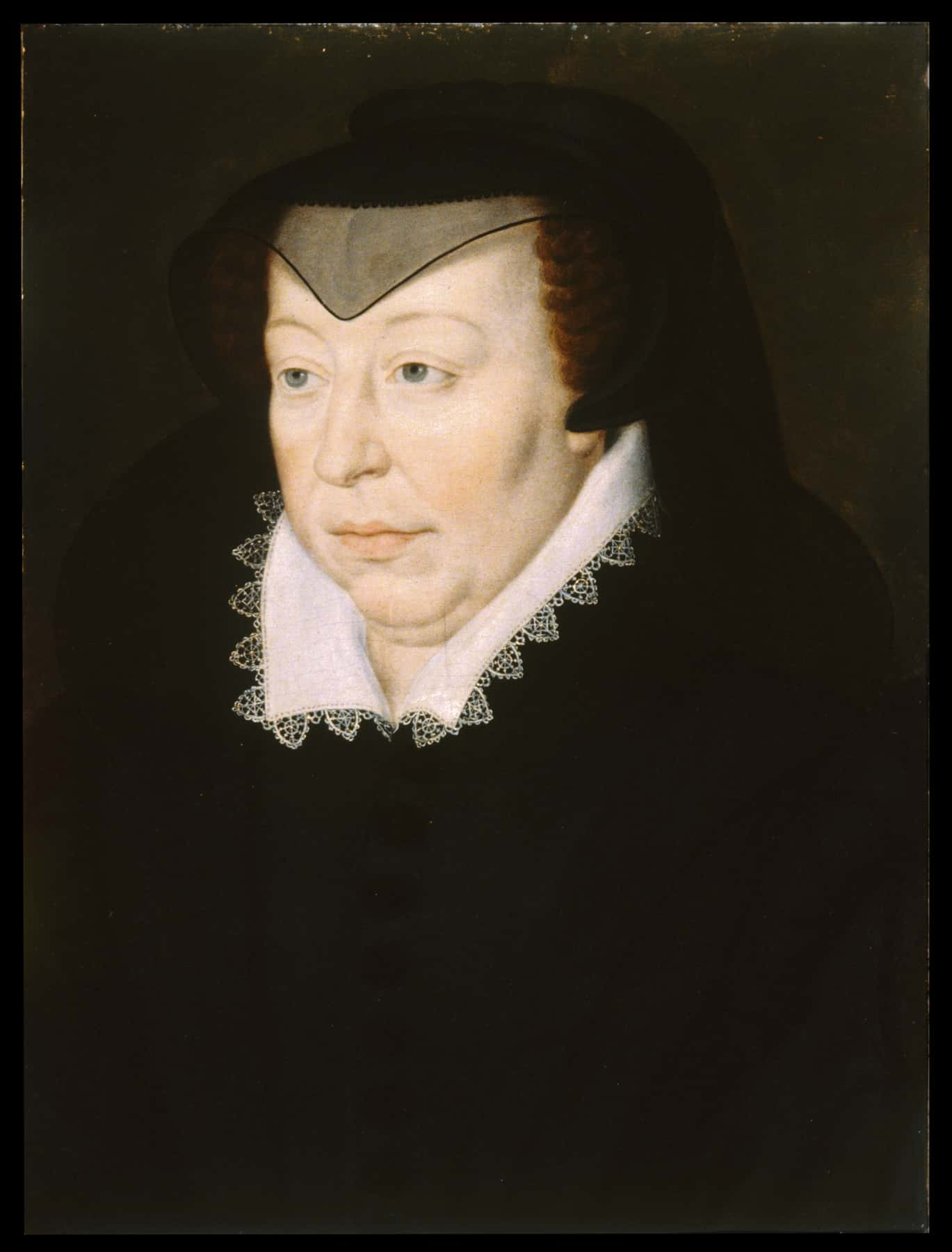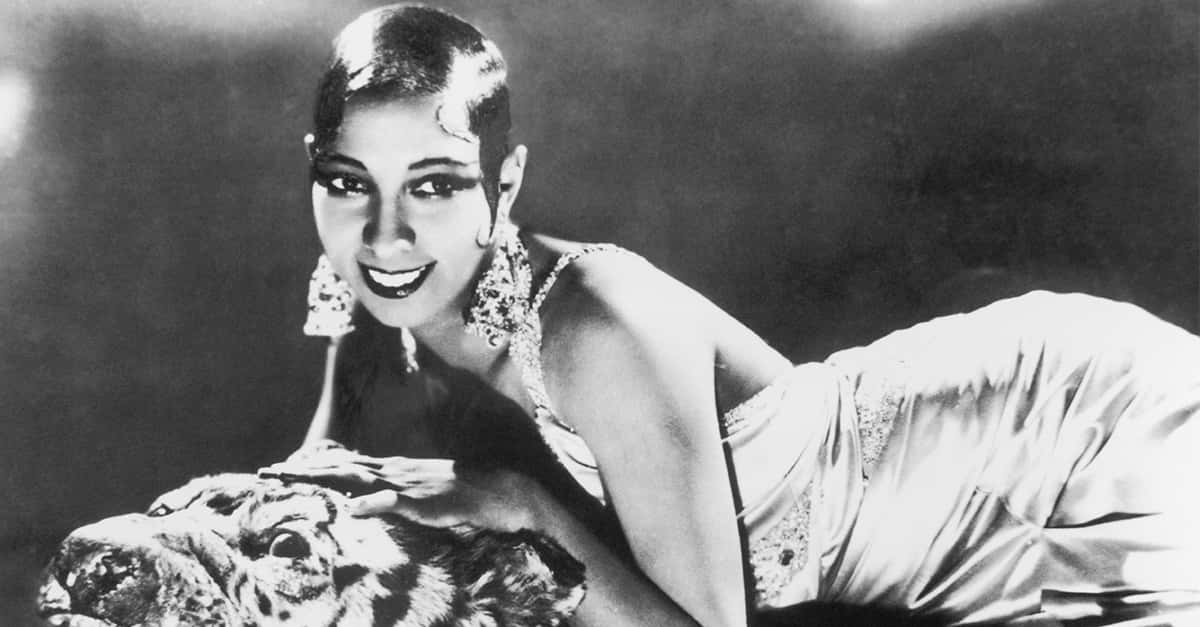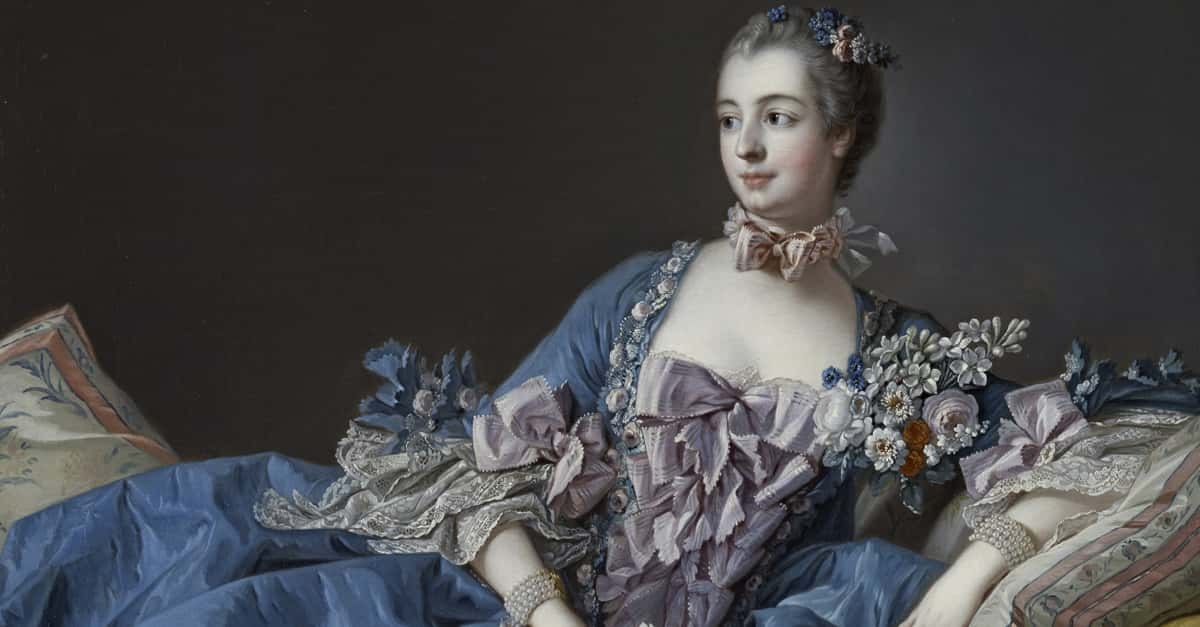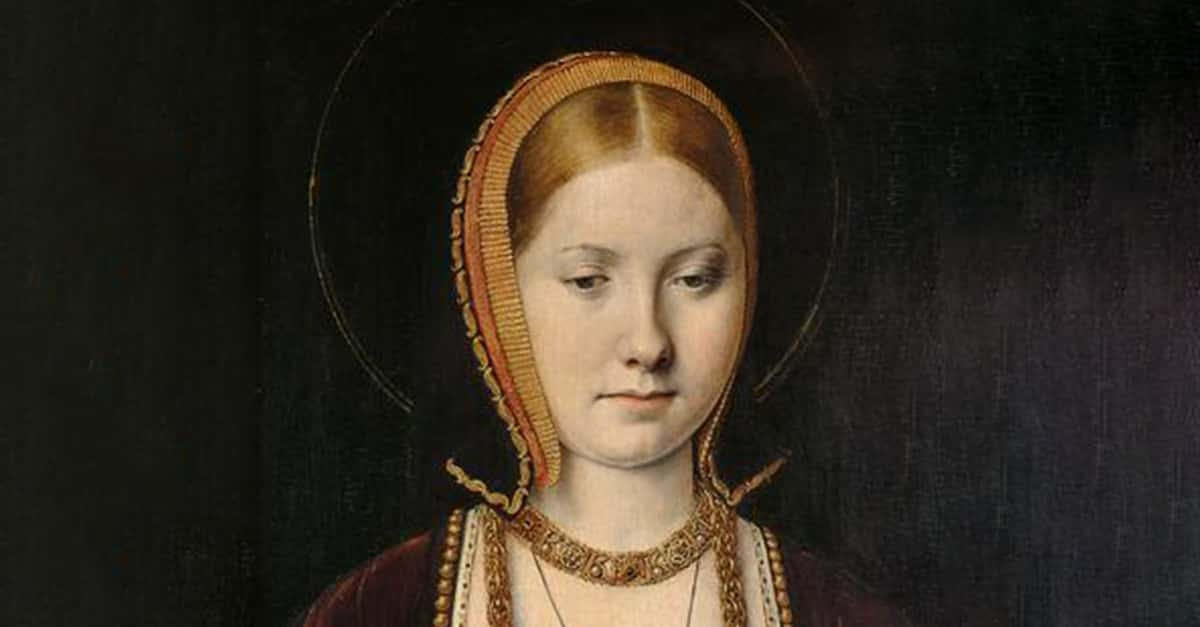The Conflict Of the Century
While modern culture loves to immortalize WWI and WWII, that means many of the most important, interesting, and intense wars in human history fall by the wayside—but these incredible, terrible stories should not be forgotten.
Not only was the Thirty Years War one of the longest in history, it was one of the most brutal. Let’s dive into why that was.
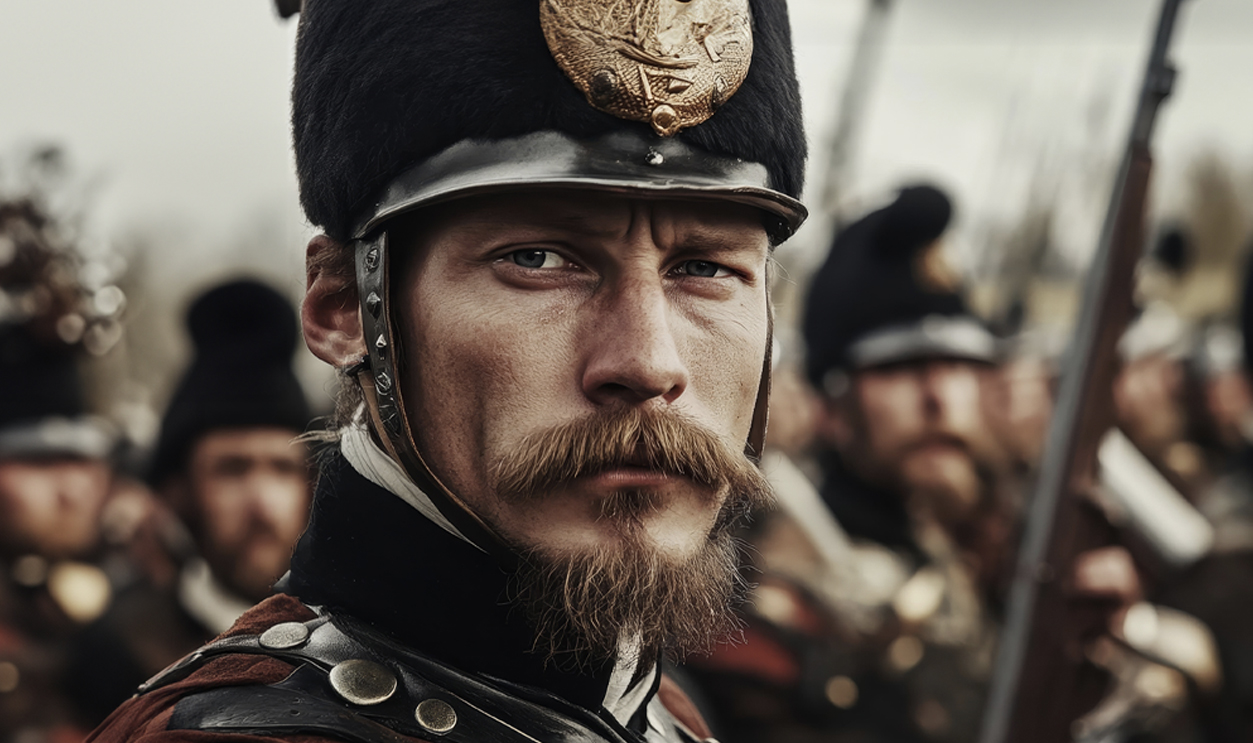
The Cause;
In 1619, Habsburg Emperor Ferdinand II became the head of the state of a Holy Roman Empire already in turmoil. The regime change ignited the spark, causing religious conflict to break out throughout the European continent.
Ferdinand didn't help matters.
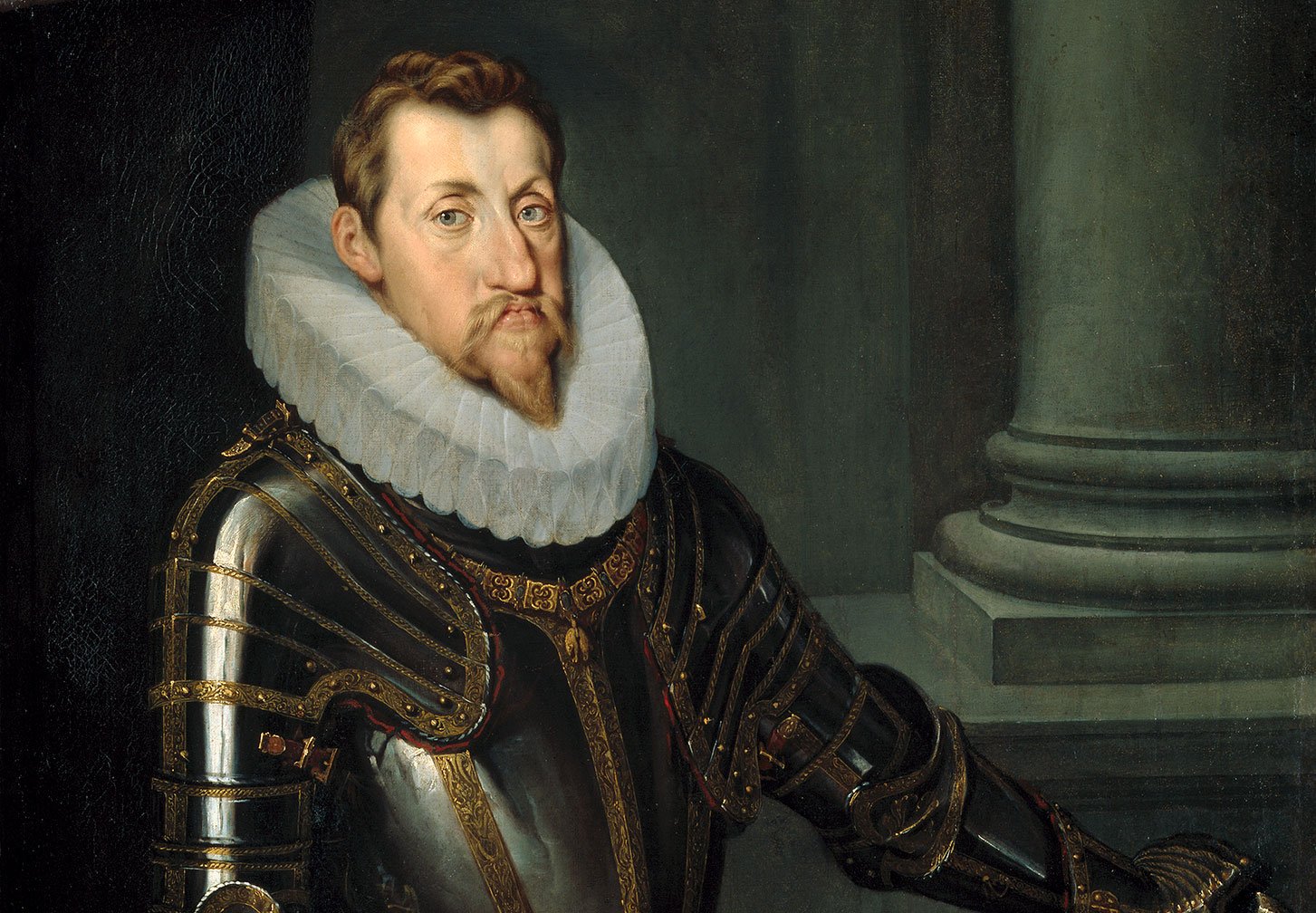 Unknown author, Wikimedia Commons
Unknown author, Wikimedia Commons
The Cause
One of the first things that Ferdinand II did with his power was force citizens of the empire to follow Roman Catholicism. This went in direct contradiction to a treaty that had previously been signed.
It went about as well as you would expect.
 Metropolitan Museum of Art, Wikimedia Commons
Metropolitan Museum of Art, Wikimedia Commons
The Cause
The Peace of Augsburg was signed in 1555. This was at the height of the Reformation, and was designed to soothe religious tensions that had been growing.
The treaty effectively dictated that each prince of a state could dictate which religion they followed—until Ferdinand came around.
The Cause
Ferdinand may have been the Big Kahuna, but the problem with his Holy Roman Empire was that it was far from unified. Although they had an emperor, in truth many of the states that made up the empire remained semi-autonomous.
That might sound preferable, but it meant tensions were constantly high.
The Cause
Although Ferdinand II held the figure of power as Emperor of the Holy Roman Empire, he had limited authority over the individual states. His new law threw a match into an already combustible situation.
Defenestration of Prague
All across the Holy Roman Empire, people were...displeased about Ferdinand’s decree. But nowhere was this more felt than with the Bohemian nobility.
 DigitalExtropy, CC BY 3.0, Wikimedia Commons
DigitalExtropy, CC BY 3.0, Wikimedia Commons
Defenestration of Prague
In the 1600s, Bohemia was the term used to cover the area that today consists of Austria and the Czech Republic. They were unhappy with Ferdinand II—and an opportunity came to show it in 1618.
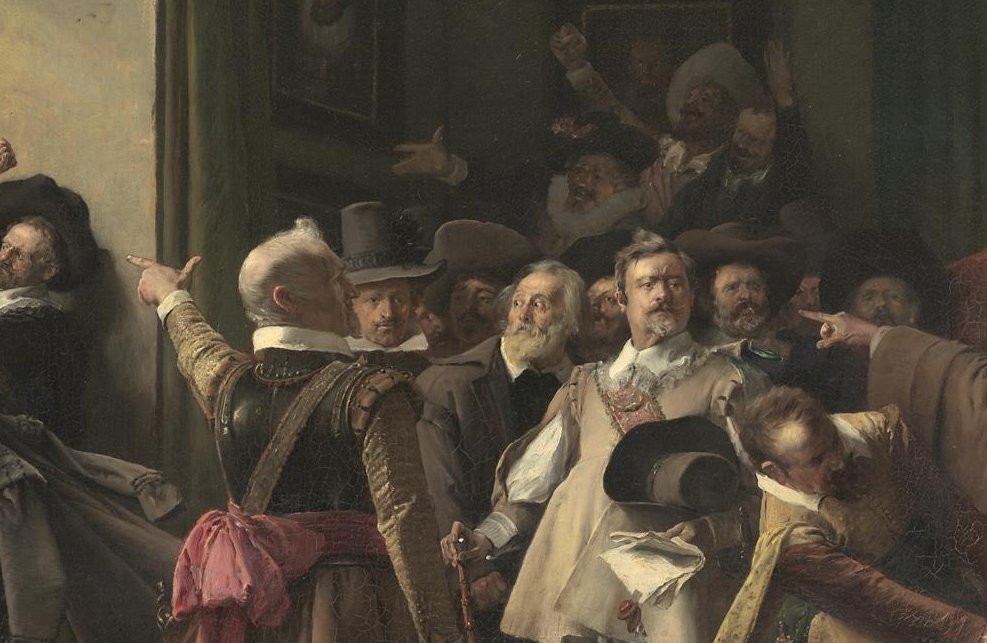 Václav Brožík, Wikimedia Commons
Václav Brožík, Wikimedia Commons
Defenestration of Prague
What did the people of Bohemia do? Well, they threw Ferdinand’s representative out of the window of Prague Castle. That's one sure-fire way to get things started.
 Unknown author, Wikimedia Commons
Unknown author, Wikimedia Commons

History's most fascinating stories and darkest secrets, delivered to your inbox daily.
Defenestration of Prague
The Defenestration of Prague started an open rebellion in Bohemia. This rebellion was made worse for Ferdinand II by the fact that Bohemia wasn't alone; They had the backing of both Sweden and Denmark-Norway. The Thirty Years War was beginning—though none of them realized what they were getting into.
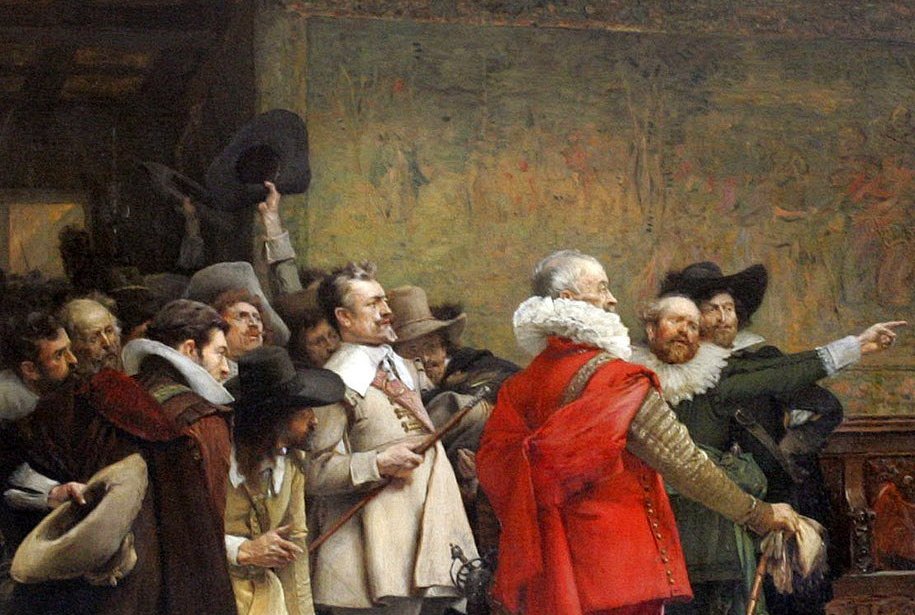 Václav Brožík, Wikimedia Commons
Václav Brožík, Wikimedia Commons
Bohemian Revolt
Under the law of The Peace of Augsburg, the Bohemian state had primarily chosen to follow the religious teachings of Martin Luther and Protestantism. This was why Ferdinand II’s action hit harder here.
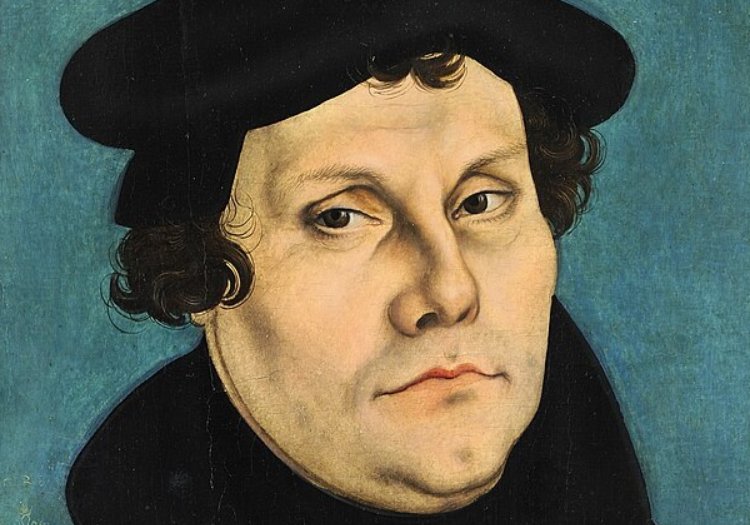 Lucas Cranach the Elder, Wikimedia Commons
Lucas Cranach the Elder, Wikimedia Commons
Bohemian Revolt
As a response to losing their religious freedom, the Bohemians took this as a sign that the empire was no longer serving them. In their effort to do so, they began to tear the empire apart.
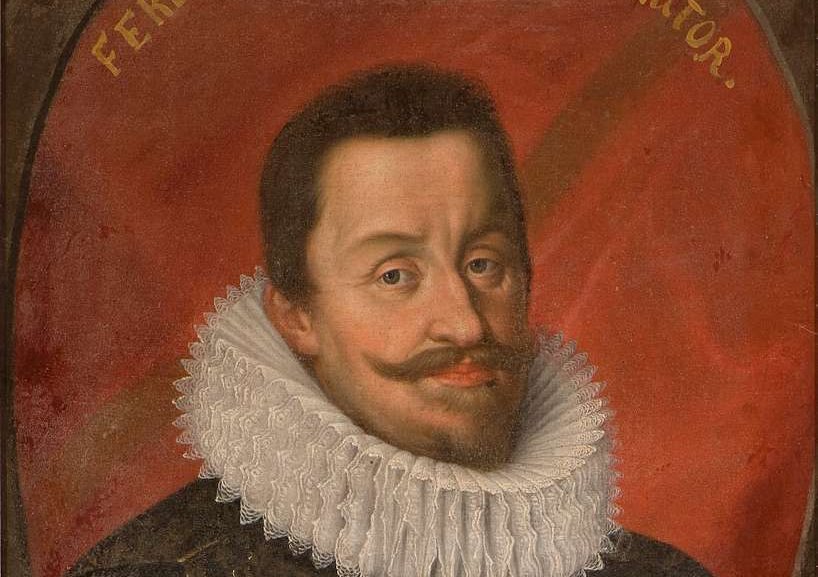 Nationalmuseum Stockholm, Picryl
Nationalmuseum Stockholm, Picryl
Bohemian Revolt
Sides were being created. The Bohemian nobility formed alliances with the Protestant Union states in what is now Germany, leaving Ferdinand to seek support of his own.
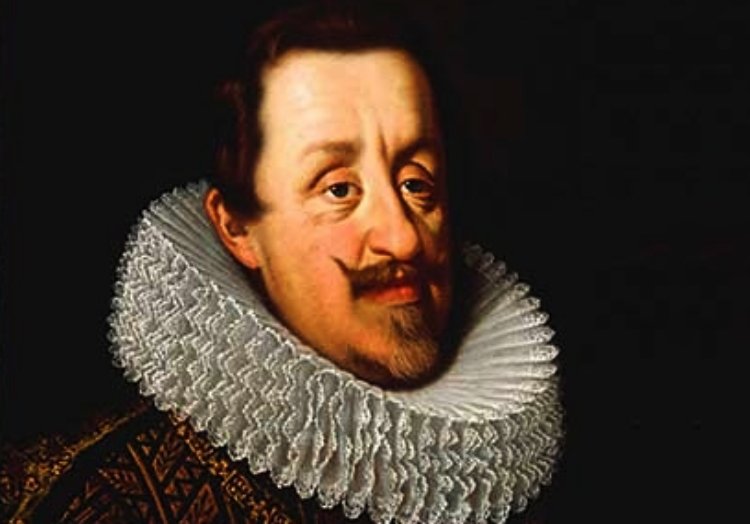 Justus Sustermans, Wikimedia Commons
Justus Sustermans, Wikimedia Commons
Bohemian Revolt
Ferdinand II turned to his allies in return. He gained support from his nephew, a fellow Catholic, King Philip IV of Spain. With sides picked, the fighting commenced.
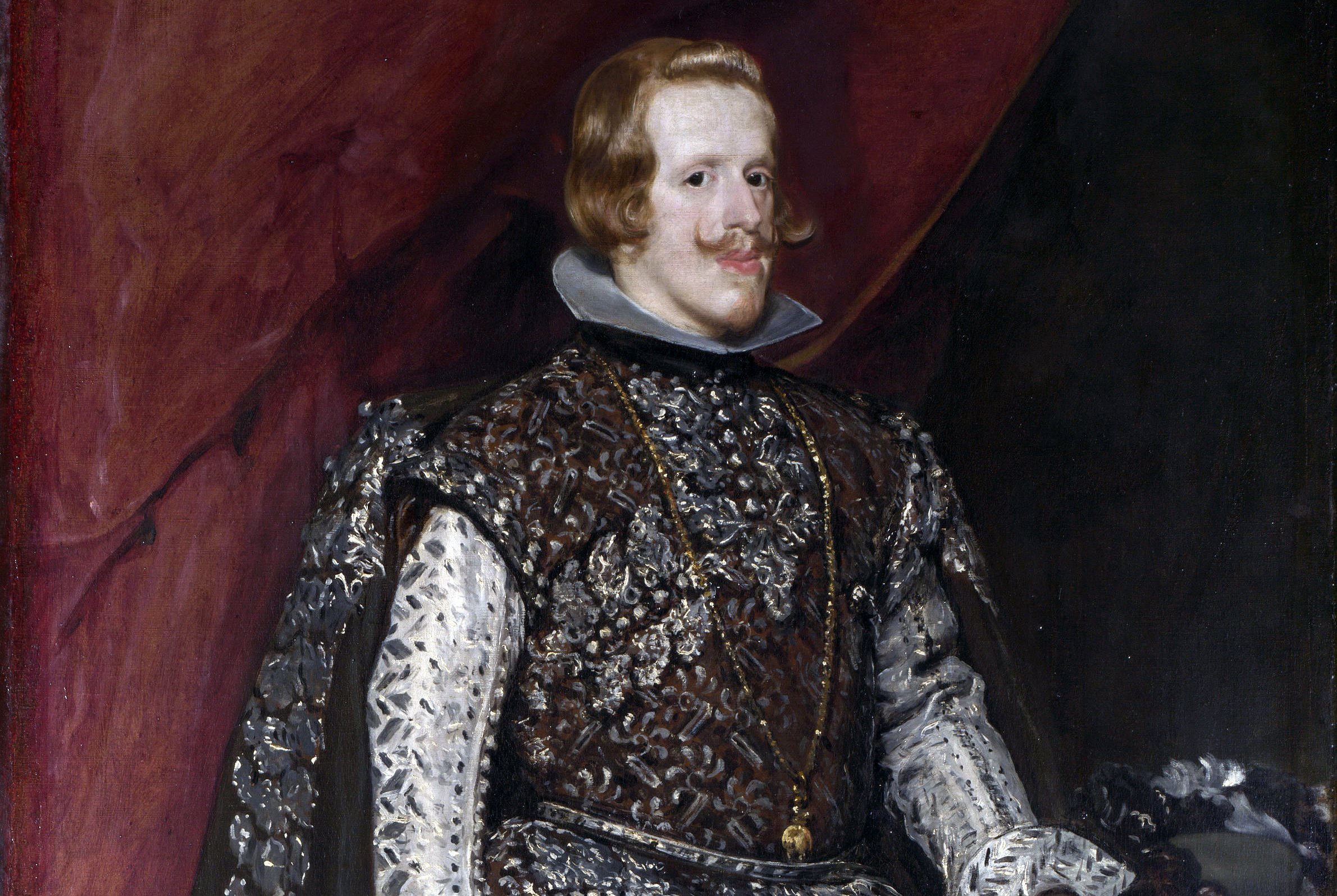 Diego Velázquez, Wikimedia Commons
Diego Velázquez, Wikimedia Commons
Bohemian Revolt
The conflict was brutal and had multiple fronts stretched across Eastern Europe. In particular, present-day Austria and Transylvania saw heavy fighting. But as Ferdinand tried to salvage his empire, it continued fracturing further and further apart.
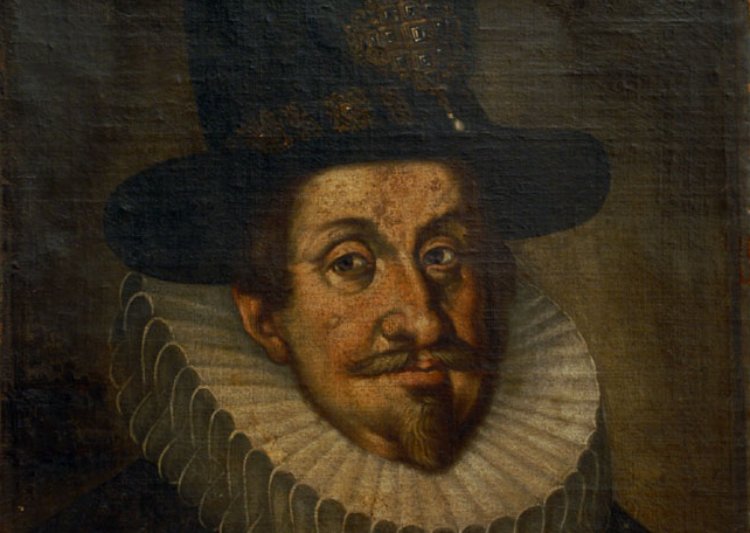 Unknown author, Wikimedia Commons
Unknown author, Wikimedia Commons
Bohemian Revolt
The sides were getting out of control. The Ottoman Empire was fighting on behalf of the Bohemians, who paid them for their support. In response, they fought the Poles who were siding with the Habsburgs. Something had to break.
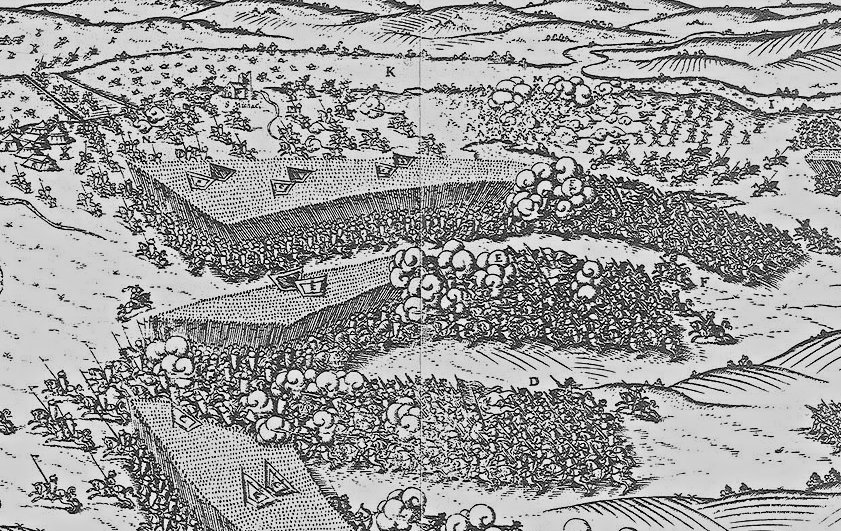 Unknown author, Wikimedia Commons
Unknown author, Wikimedia Commons
Catholic League Victories
Although Bohemian had the support of the majority of present-day Germany, the Spanish army was gathering forces. They banded with the so-called “Catholic League,” which consisted of nation-states in present-day Germany, Belgium, and France.
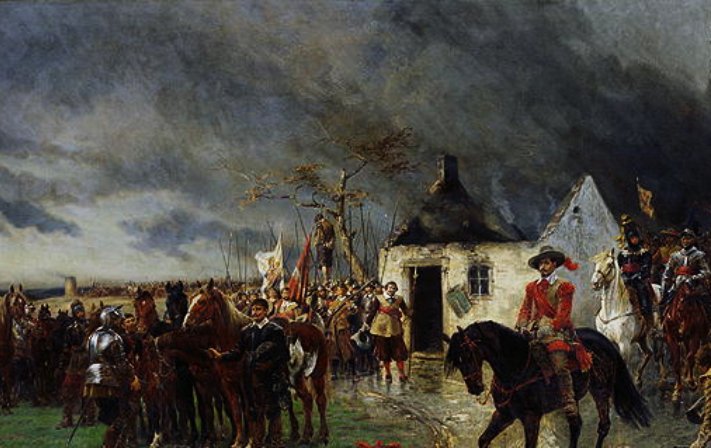 National Gallery of Art, Picryl
National Gallery of Art, Picryl
Catholic League Victories
The forces of the Catholic League saw initial success. They stopped the rebellion that raged to the east and north of Austria, breaking apart the Protestant Union. However, it wasn’t enough.
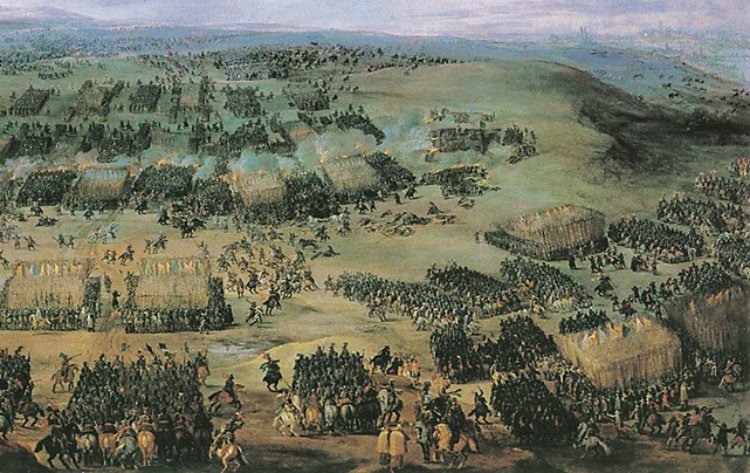 Peter Snayers, Wikimedia Commons
Peter Snayers, Wikimedia Commons
Catholic League Victories
The Bohemian states had gained a wide range of support. Fighting continued to the west of Austria. Denmark-Norway’s King Christian IV supported the Protestant states. They held their ground, for a time.
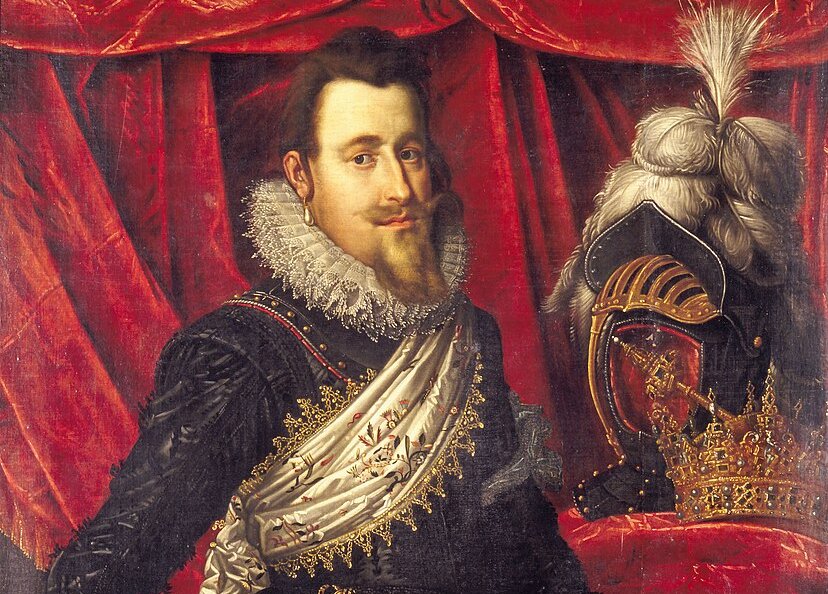 Pieter Isaacsz, Wikipedia Commons
Pieter Isaacsz, Wikipedia Commons
Catholic League Victories
Reinforcements were sent from Scotland to support the fight against the Catholic forces. Unfortunately, that was not enough. Denmark-Norway fell and much of Northern Europe was taken by Ferdinand II. Help, however, was on its way
 Adriaen van de Venne, Wikimedia Commons
Adriaen van de Venne, Wikimedia Commons
Gustavus Adolphus
In 1630, Sweden’s forces were under the leadership of Gustavus Adolphus. They did not appreciate the empire encroaching on their territory, and put their support behind the Protestants fighting in the north.
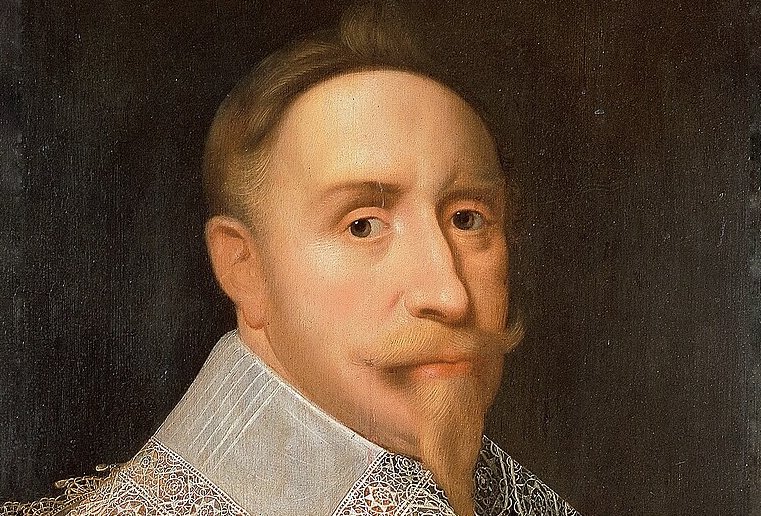 Presumably Jacob Hoefnagel, Wikimedia Commons
Presumably Jacob Hoefnagel, Wikimedia Commons
Gustavus Adolphus
With the additional support from the Swedes, the Protestants began to see success. They pushed the Catholic forces back and regained much of the territory that had been lost. Yet, it wouldn’t last.
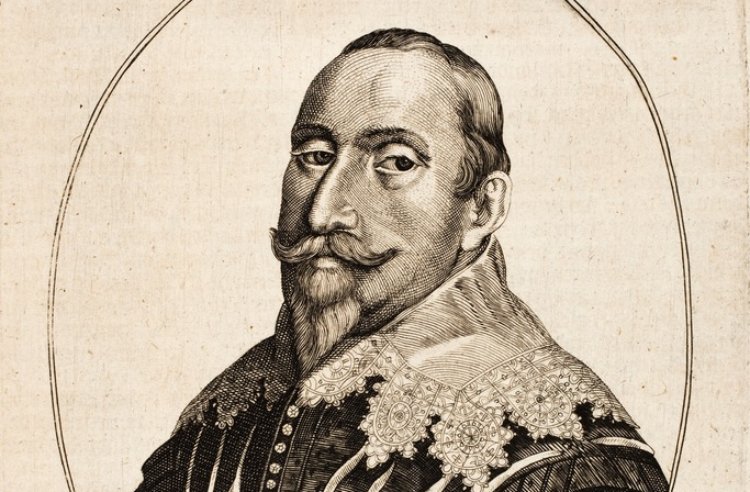 Peace Palace Library, Wikimedia Commons
Peace Palace Library, Wikimedia Commons
Gustavus Adolphus
Tragedy struck in 1632. Gustavus Adolphus was struck down in the Battle of Lutzen, and the Swedes began to lose their resolve. Danger was circling.
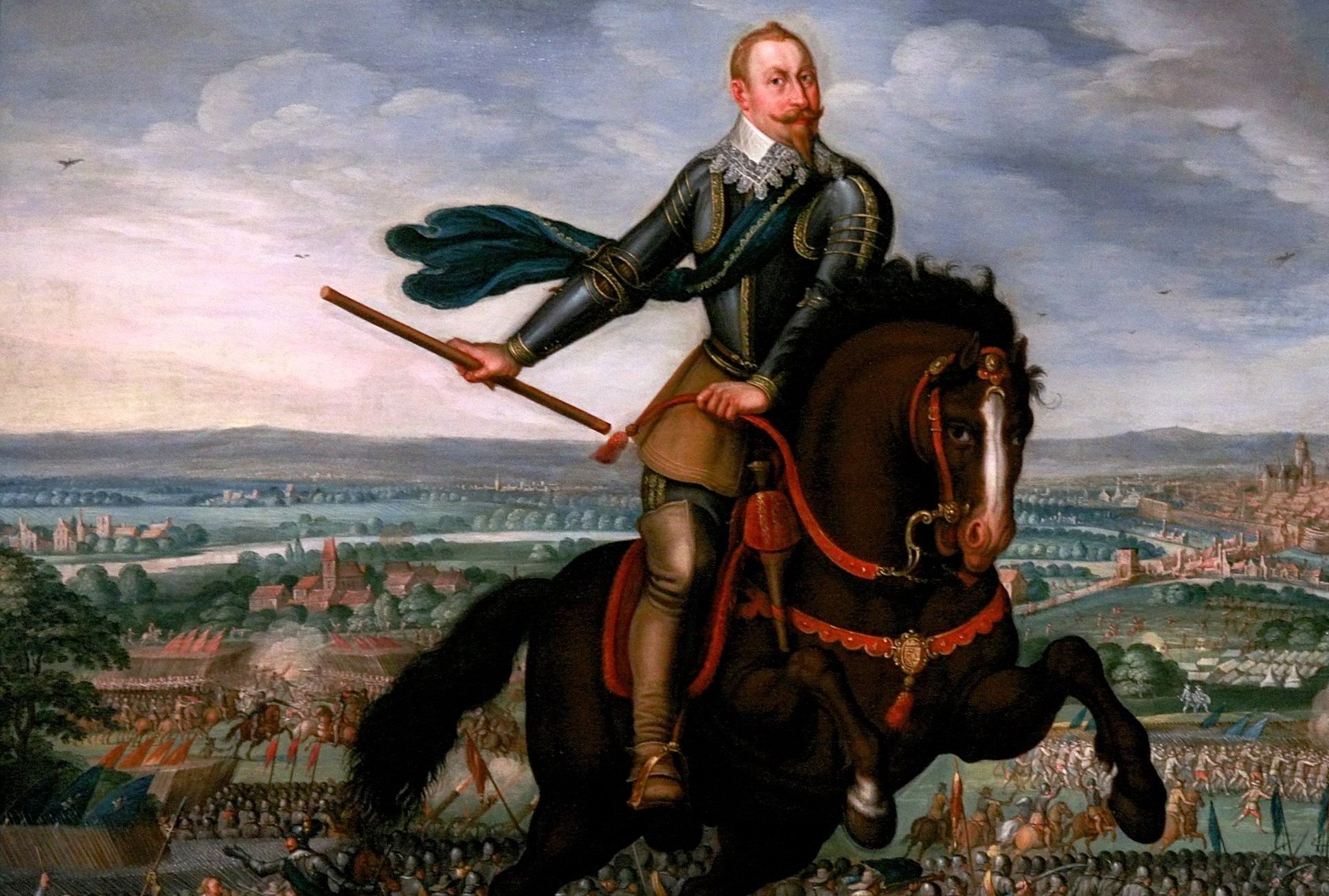 Johann Jakob Walter, Wikimedia Commons
Johann Jakob Walter, Wikimedia Commons
Albrecht von Wallenstein
Not all of the Bohemian noblemen were displeased with the empire. Albrecht von Wallenstein saw an opportunity to be made through the chaos of conflict. He struck a bargain with Ferdinand II.
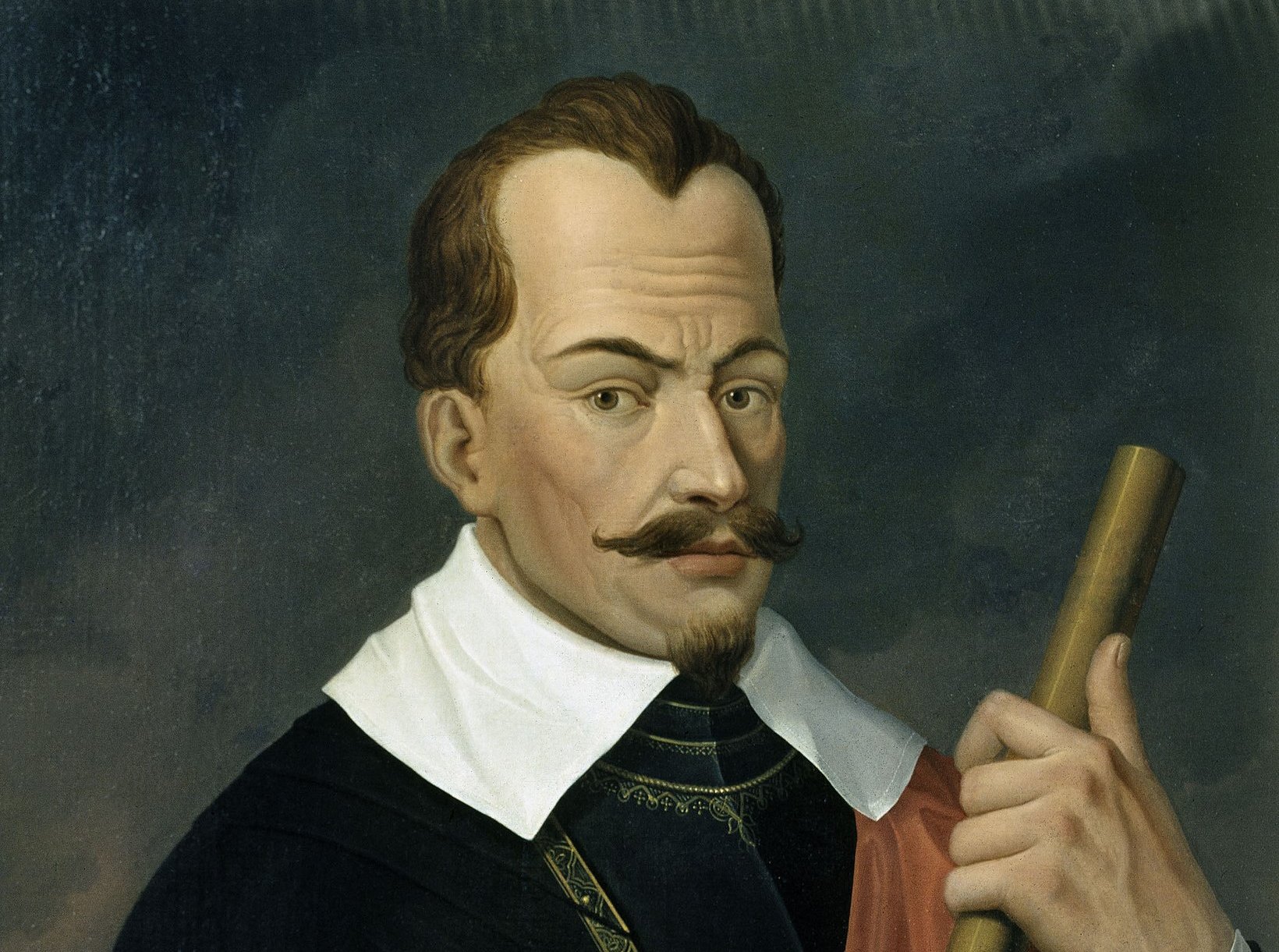 Julius Schnorr von Carolsfeld, Wikimedia Commons
Julius Schnorr von Carolsfeld, Wikimedia Commons
Albrecht von Wallenstein
In exchange for the freedom to plunder any captured territory, von Wallenstein gave Ferdinand II’s forces use of his army, which reached approximately 50,000 men. The Swedes couldn’t hold on.
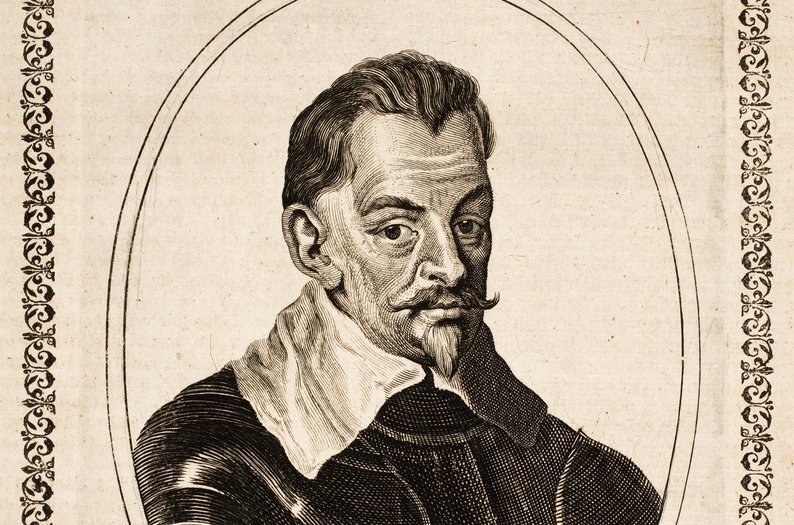 Peace Palace Library, Wikimedia Commons
Peace Palace Library, Wikimedia Commons
Peace of Prague
By 1635, the Swedes were defeated. As a result, the so-called Peace of Prague was signed. Despite its name, it did not provide much peace.
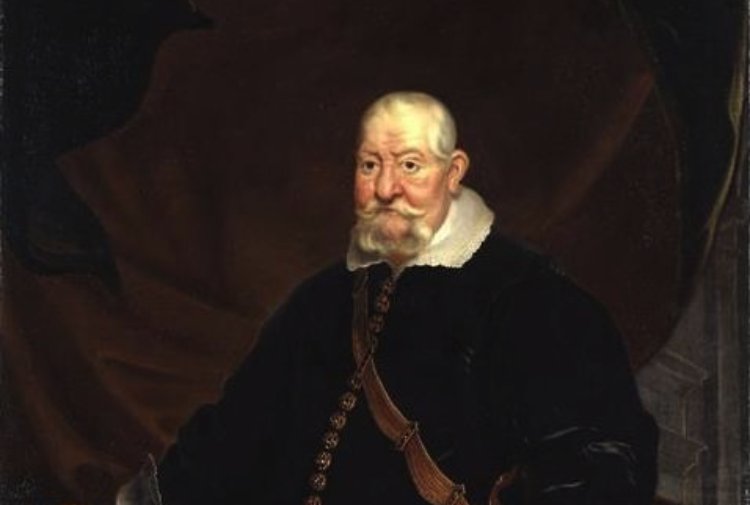 Frans Luycx, Wikimedia Commons
Frans Luycx, Wikimedia Commons
Peace of Prague
The Peace of Prague protected the Lutheran/Calvinist rulers of Northeastern Germany. However, it left territories that had started the fight, present-day Austria and the Czech Republic, unprotected. The tensions grew and fighting carried on.
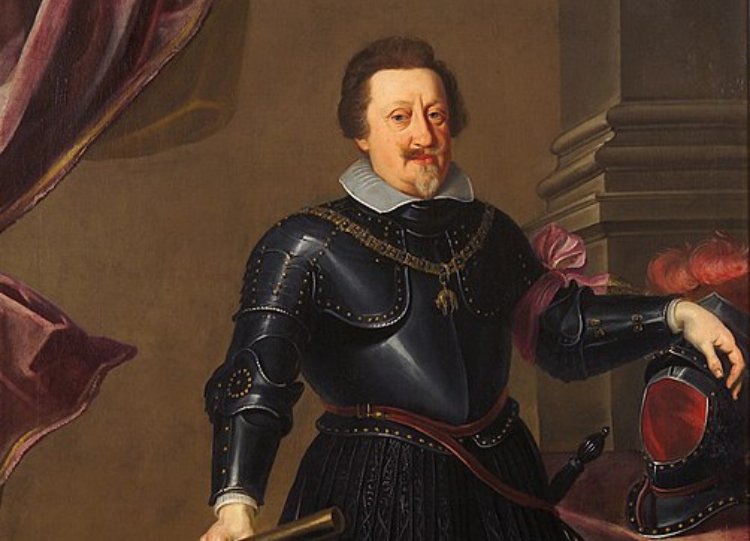 Georg Pachmann, Wikimedia Commons
Georg Pachmann, Wikimedia Commons
French Involvement
Although the French were a Catholic nation, they were no friends to the Habsburgs. The way that the Peace of Prague left things upset them. So, nearly 20 years in, the French entered the conflict.
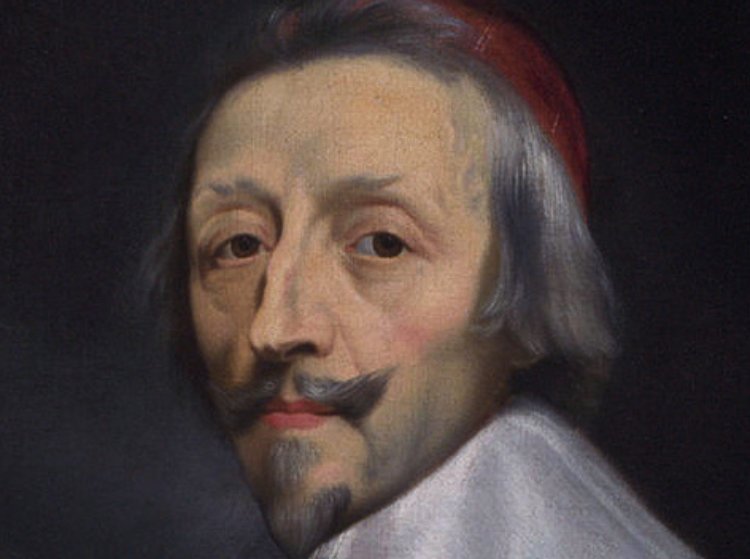 Philippe de Champaigne, Wikimedia Commons
Philippe de Champaigne, Wikimedia Commons
French Involvement
Unfortunately, the French did not make much impact during their initial involvement. They were unable to counter Ferdinand II’s forces—even when they were no longer his forces.
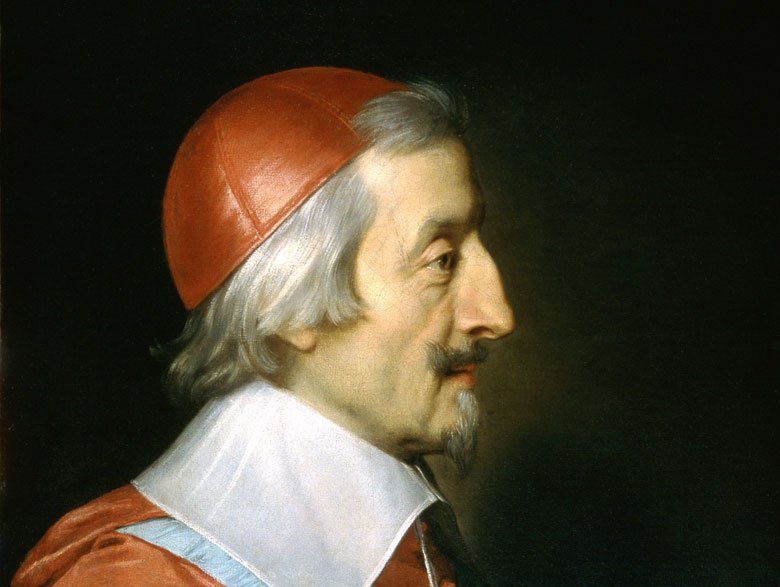 Philippe de Champaigne, Wikimedia Commons
Philippe de Champaigne, Wikimedia Commons
French Involvement
By this point, the conflict had carried on so long that it had outlasted its initiator. Ferdinand II passed of old age in 1637. His son Ferdinand III took up his father’s fight, and the conflict carried on.
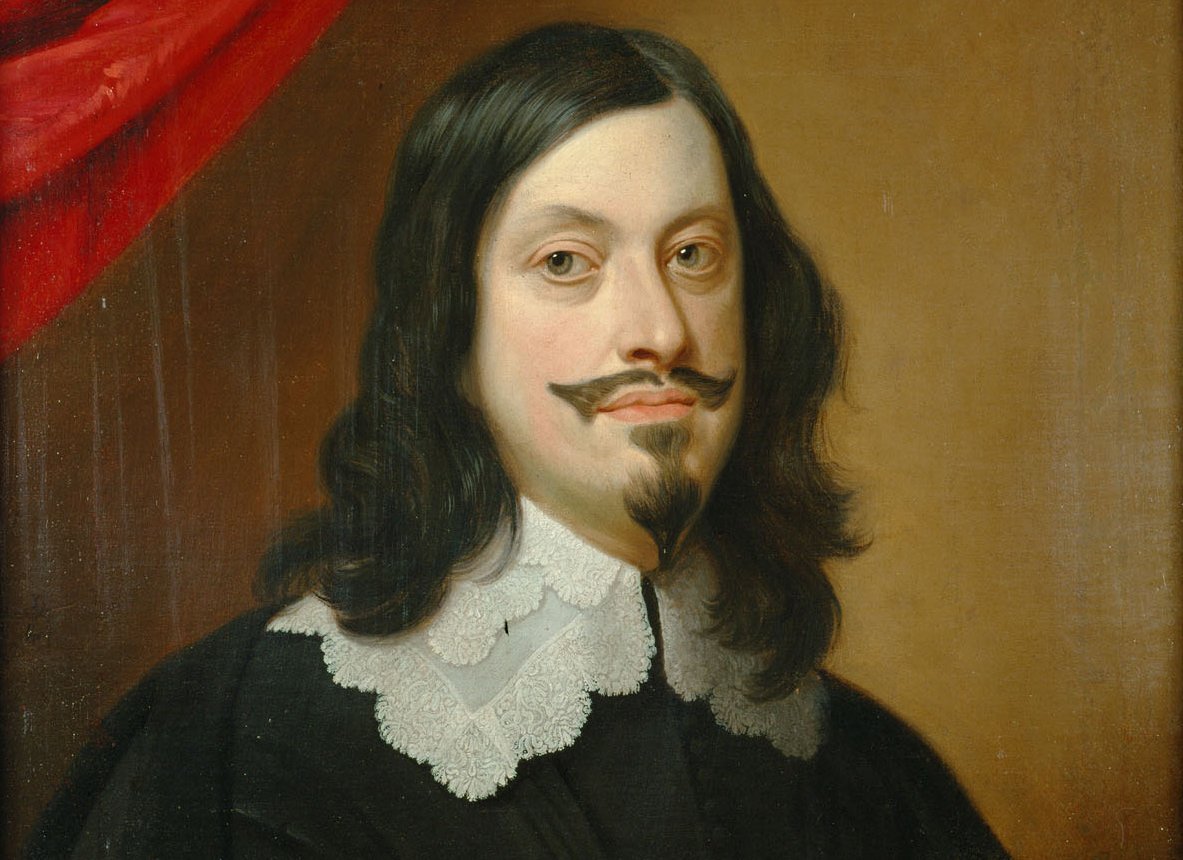 Jan van den Hoecke, Wikimedia Commons
Jan van den Hoecke, Wikimedia Commons
French Involvement
In response to France’s involvement in the conflict, Ferdinand III (as well as his successor, Leopold I), had Spain mount counterattacks upon French Territory. By 1636, Paris was under danger.
French Involvement
For several years following, the conflict on the French-Spanish front stalled. By 1640, however, Spain had internal problems with Portugal and the Swedes re-entered the battle, pushing the Habsburgs back once more.
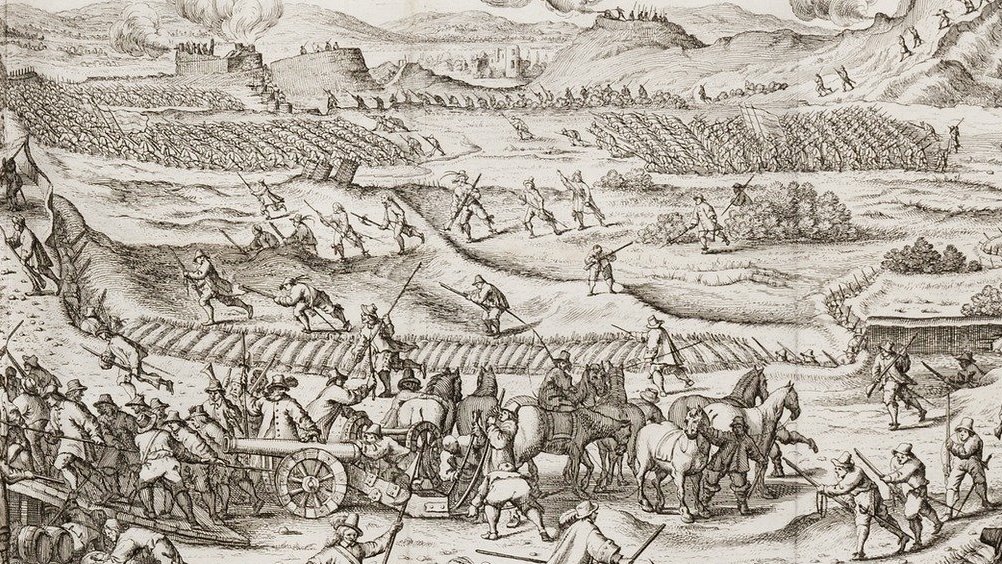 Skokloster Castle, Wikimedia Commons
Skokloster Castle, Wikimedia Commons
A Shift In The Battle
1643, 25 years after the Defenestration of Prague, saw a significant shift in the conflict. Denmark-Norway rejoined the fight. Only this time they weren’t fighting against the Holy Roman Empire, they were fighting with them.
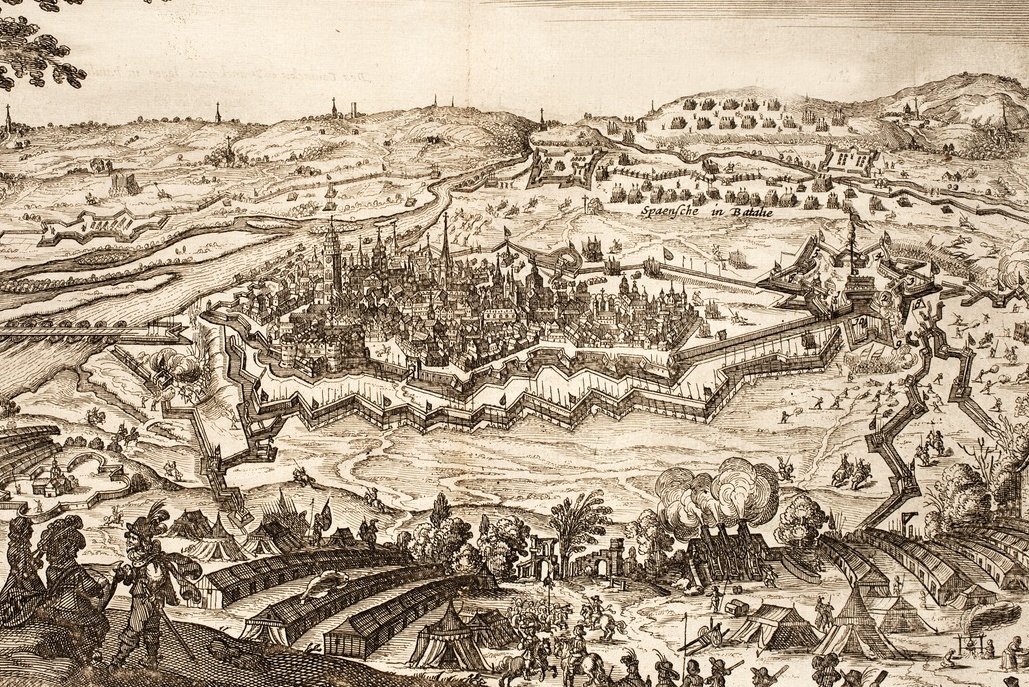 Peace Palace Library, Wikimedia Commons
Peace Palace Library, Wikimedia Commons
A Shift In The Battle
At the same time, France's Louis XIII passed, leaving his throne to his son, Louis XIV, who was five years old. This leadership vacuum significantly weakened the French forces.
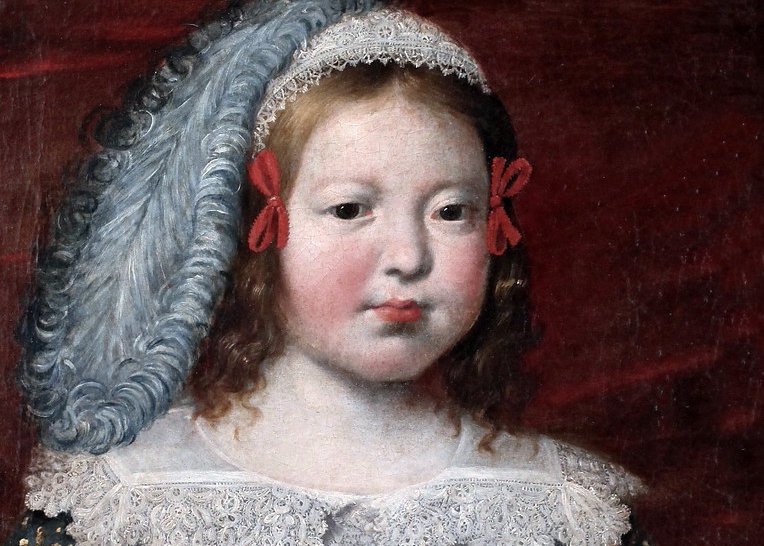 Philippe de Champaigne, Wikimedia Commons
Philippe de Champaigne, Wikimedia Commons
A Shift In the Battle
The cards were now stacked significantly in the Empire’s favor. France still managed to wring out some victories, but their losses were far more significant.
The Habsburg forces were gaining ground quickly, by the standards of this conflict, at least.
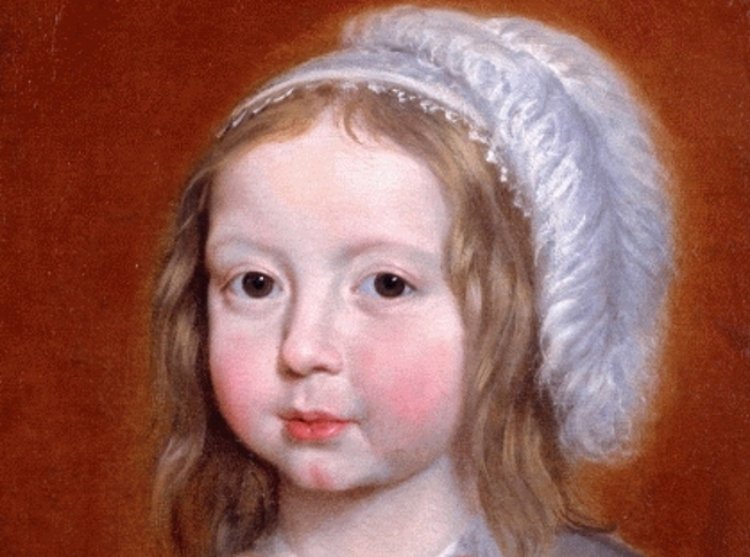 Claude Deruet, Wikimedia Commons
Claude Deruet, Wikimedia Commons
Capturing Prague
By 1647, the Italian general Octavio Piccolomini led the Habsburg forces. They were moving rapidly across the battlefront, taking up more and more land as they moved.
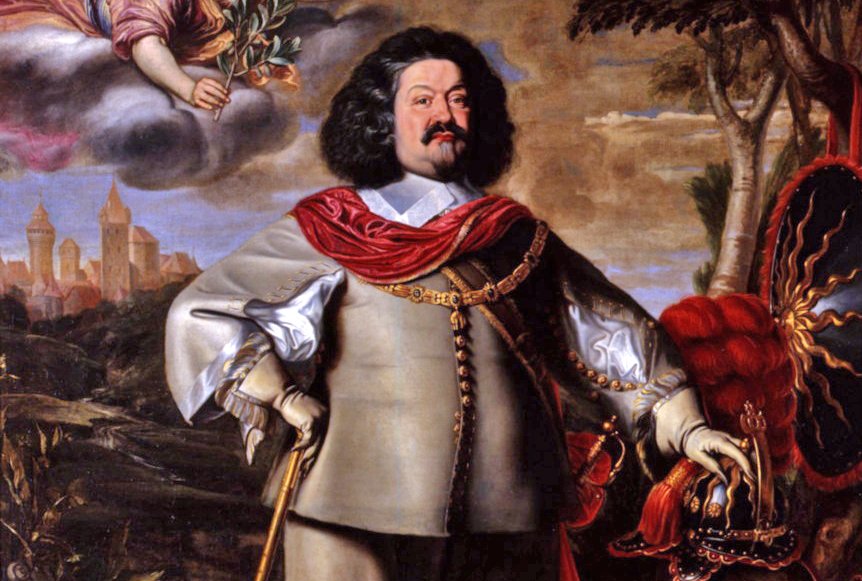 Anselm van Hulle, Wikimedia Commons
Anselm van Hulle, Wikimedia Commons
Capturing Prague
Piccolomini's men moved swiftly into what is now Austria. They repelled the Swedes and French from the area. The only battleground that was left raging was in Prague.
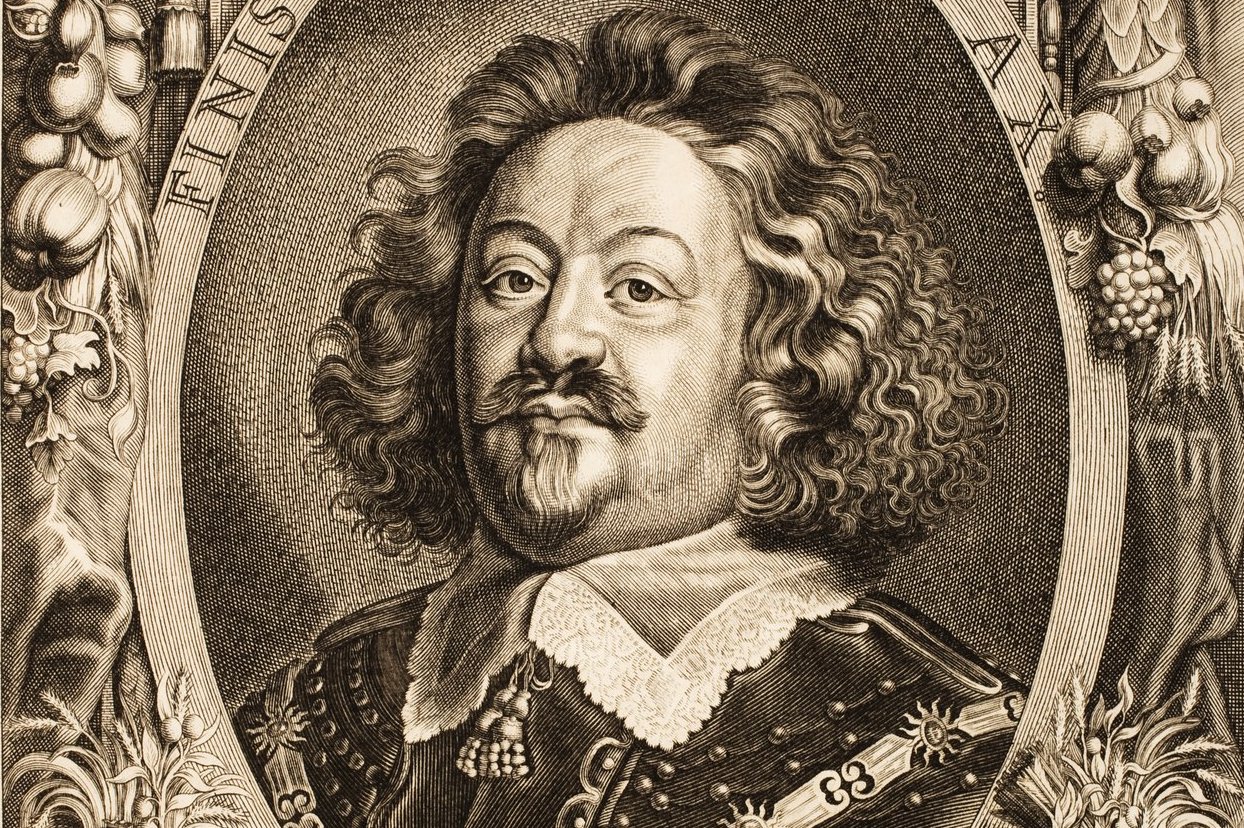 Peace Palace Library, Wikimedia Commons
Peace Palace Library, Wikimedia Commons
Capturing Prague
The Swedes were not willing to give Prague up without a fight. In 1648, they were able to capture Prague Castle from the Holy Roman Empire, looting the priceless art collection as they did so. However, it wasn’t enough.
Capturing Prague
Despite capturing the castle, the Swedes were unable to take the bulk of the city of Prague. At this point, only Austrian territories remained under Habsburg control. The Thirty Years War was finally losing steam.
Peace Of Westphalia
A series of treaties signed throughout 1648 are known collectively as the Peace of Westphalia. These treaties effectively ended the Thirty Years War—however, Europe was never the same.
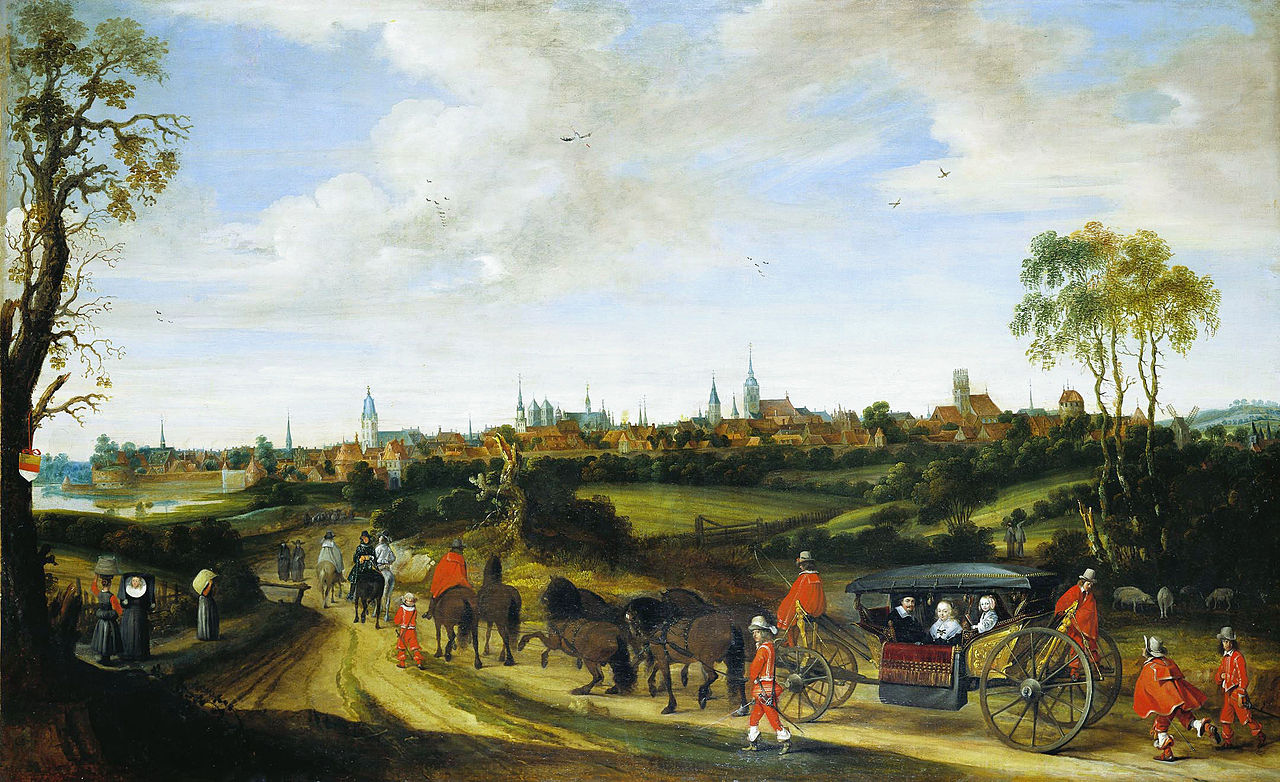 Monogrammist G.V.H., Wikimedia Commons
Monogrammist G.V.H., Wikimedia Commons
Peace of Westphalia
Thanks to the years of fighting, Spain lost control over Portugal and the Dutch Republic. Former Holy Roman Empire states in German-speaking central Europe gained increased autonomy with the signings.
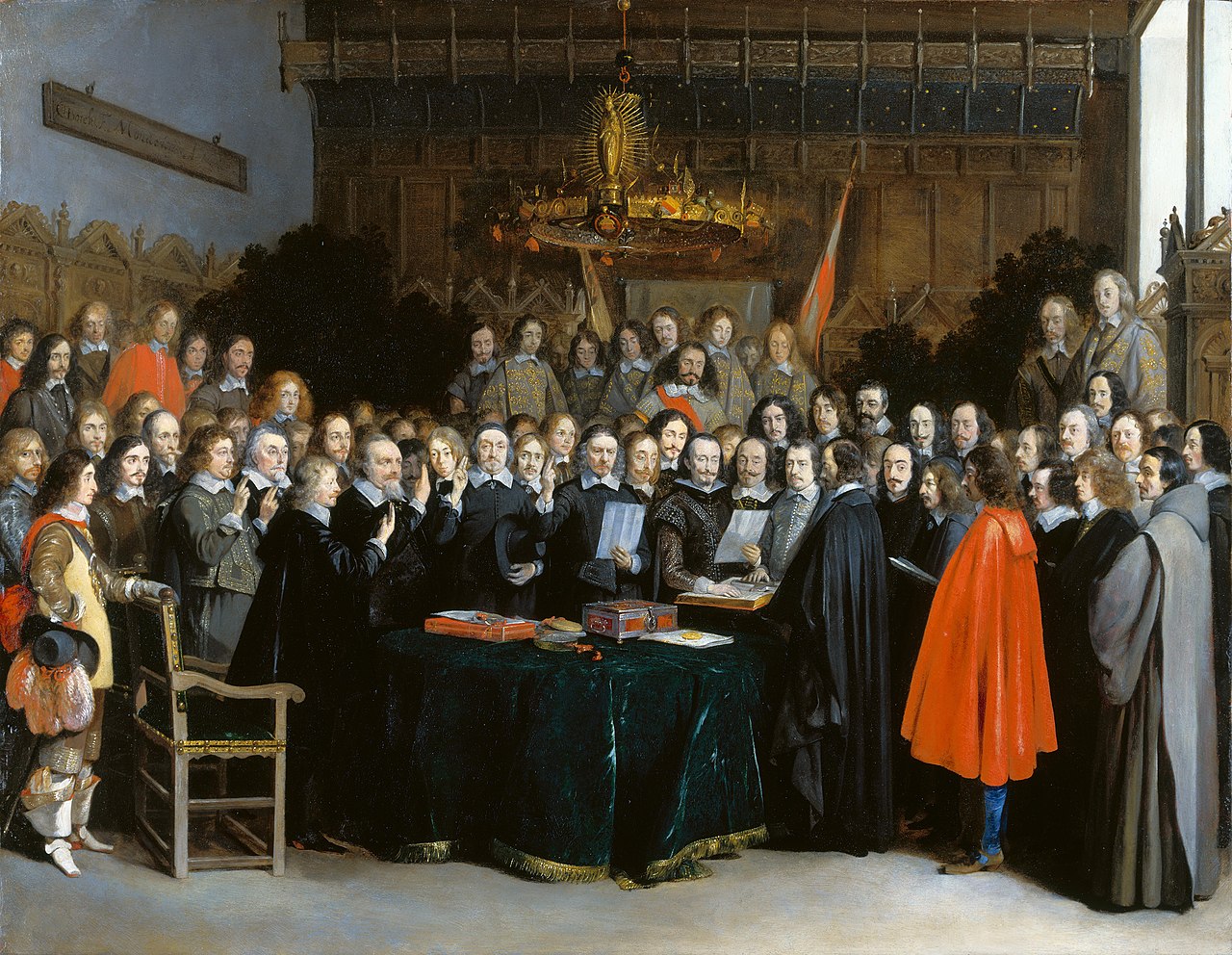 Gerard ter Borch, Wikimedia Commons
Gerard ter Borch, Wikimedia Commons
The Legacy
The Peace of Westphalia created fixed boundaries for the countries that were involved in the fighting. It granted this area the autonomy to govern its laws and not bow to that of another institution.
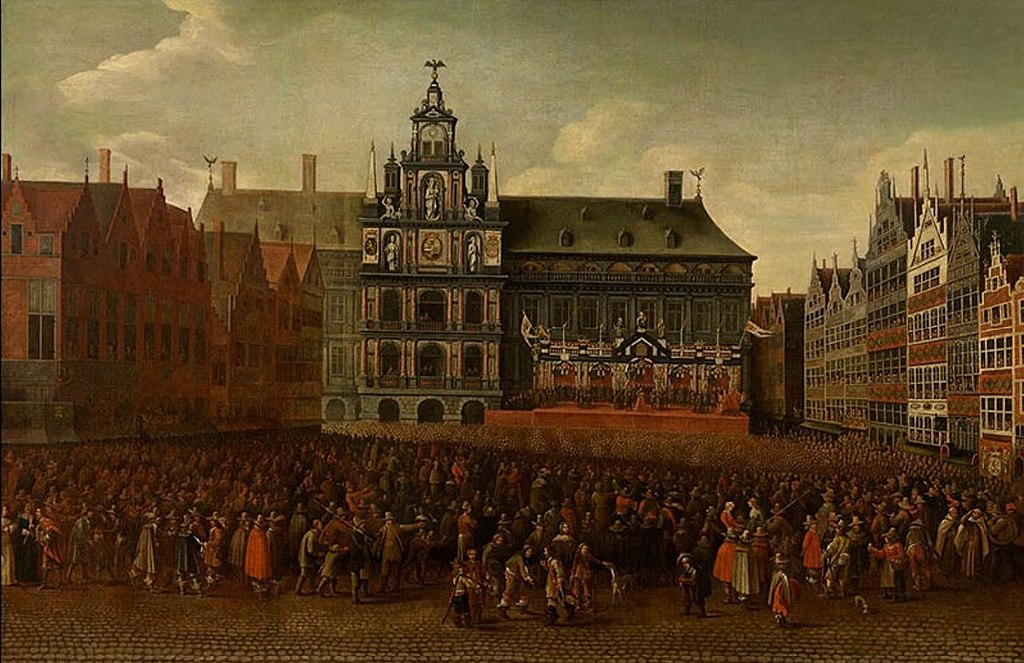 Maximiliaen Pauwels, Wikimedia Commons
Maximiliaen Pauwels, Wikimedia Commons
The Legacy
Due to this, the balance of power in Europe was radically altered. The Catholic Church, in particular, lost significant influence over political affairs. It also laid the groundwork for the modern nation-states we have today.
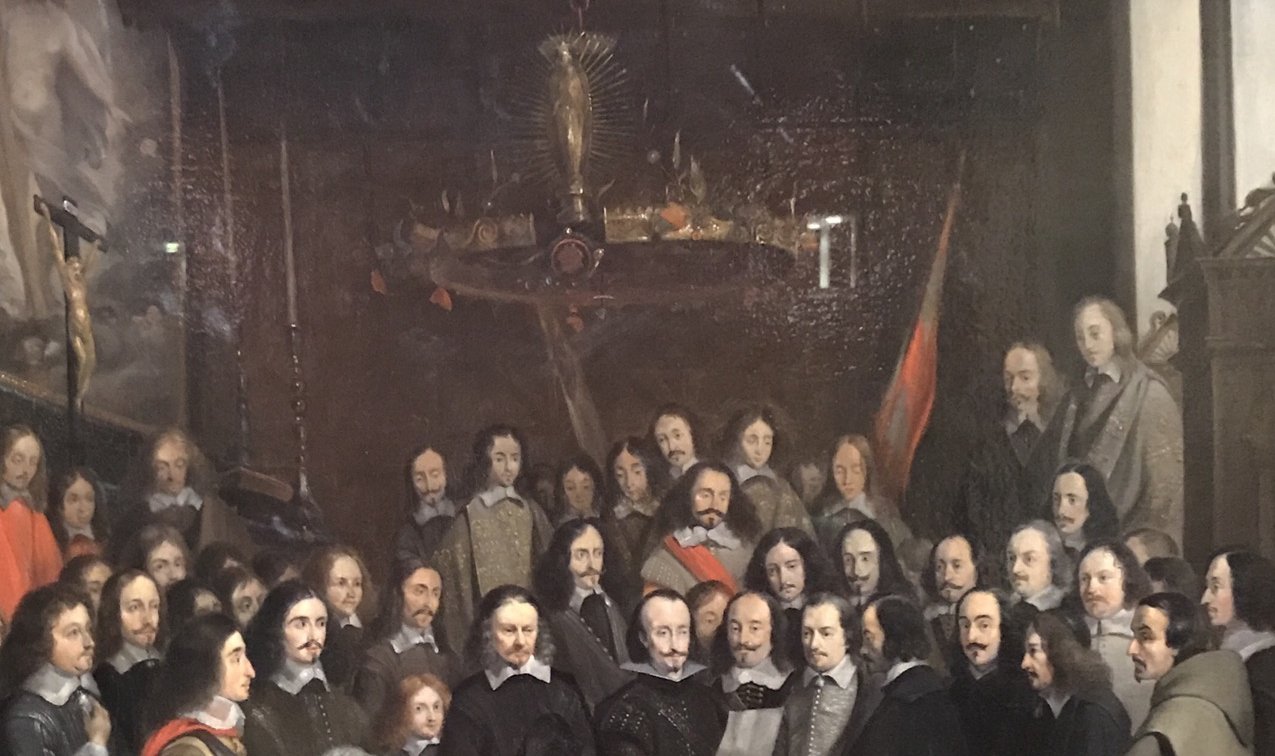 Gerard ter Borch, Wikimedia Commons
Gerard ter Borch, Wikimedia Commons
The Legacy
The loss of life was significant during the conflict. This was due not just to the fighting, but an epidemic of typhus which rapidly spread through the areas the conflict had devastated.
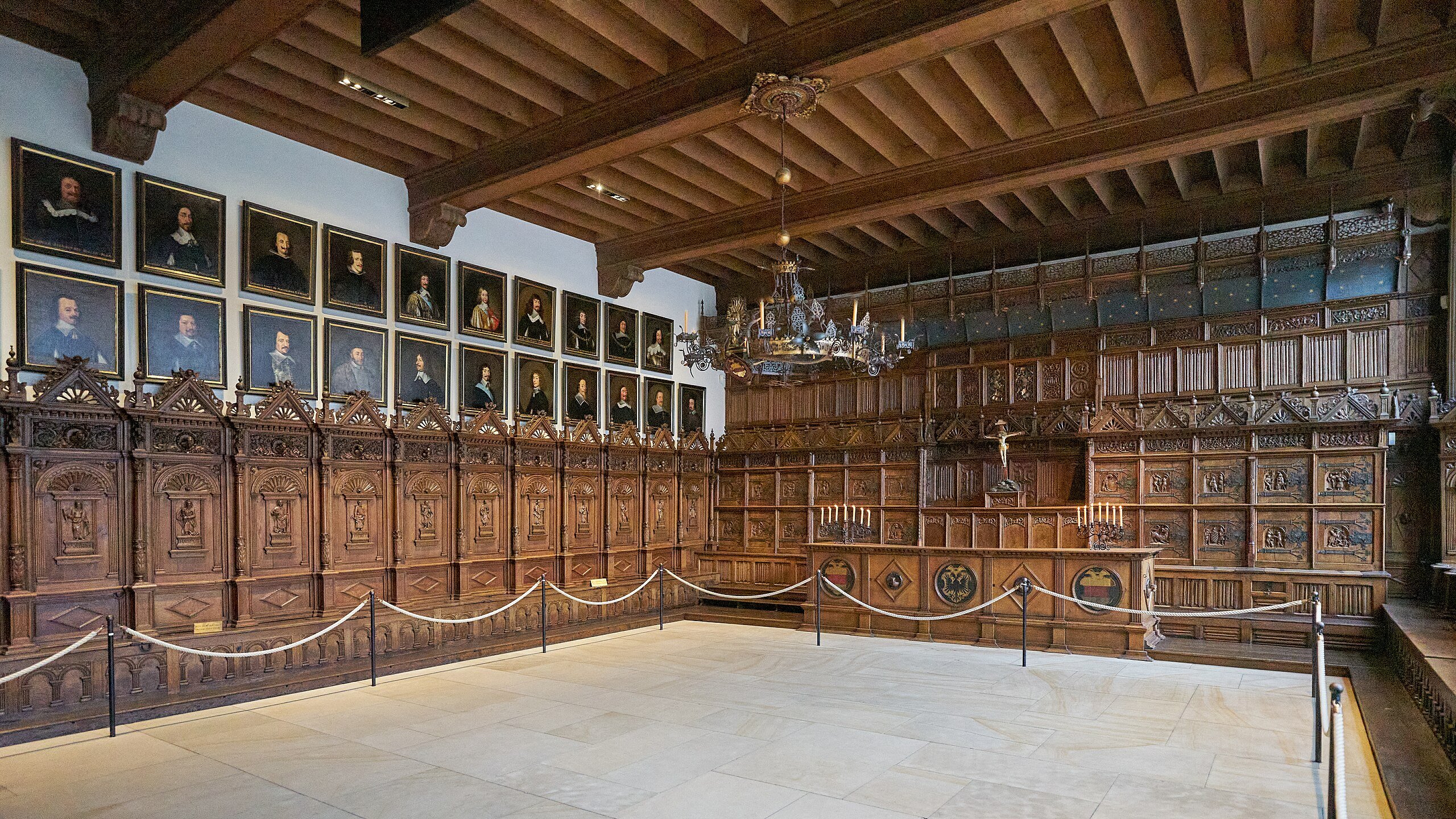 Günter Seggebäing, CC BY-SA 3.0, Wikimedia Commons
Günter Seggebäing, CC BY-SA 3.0, Wikimedia Commons
The Legacy
The religious nature of the conflict also created a lot of discord and distrust between people. It created a fear of the “other,” stirring distrust among those of different ethnicities and religious faiths. The consequences of which are far-reaching.
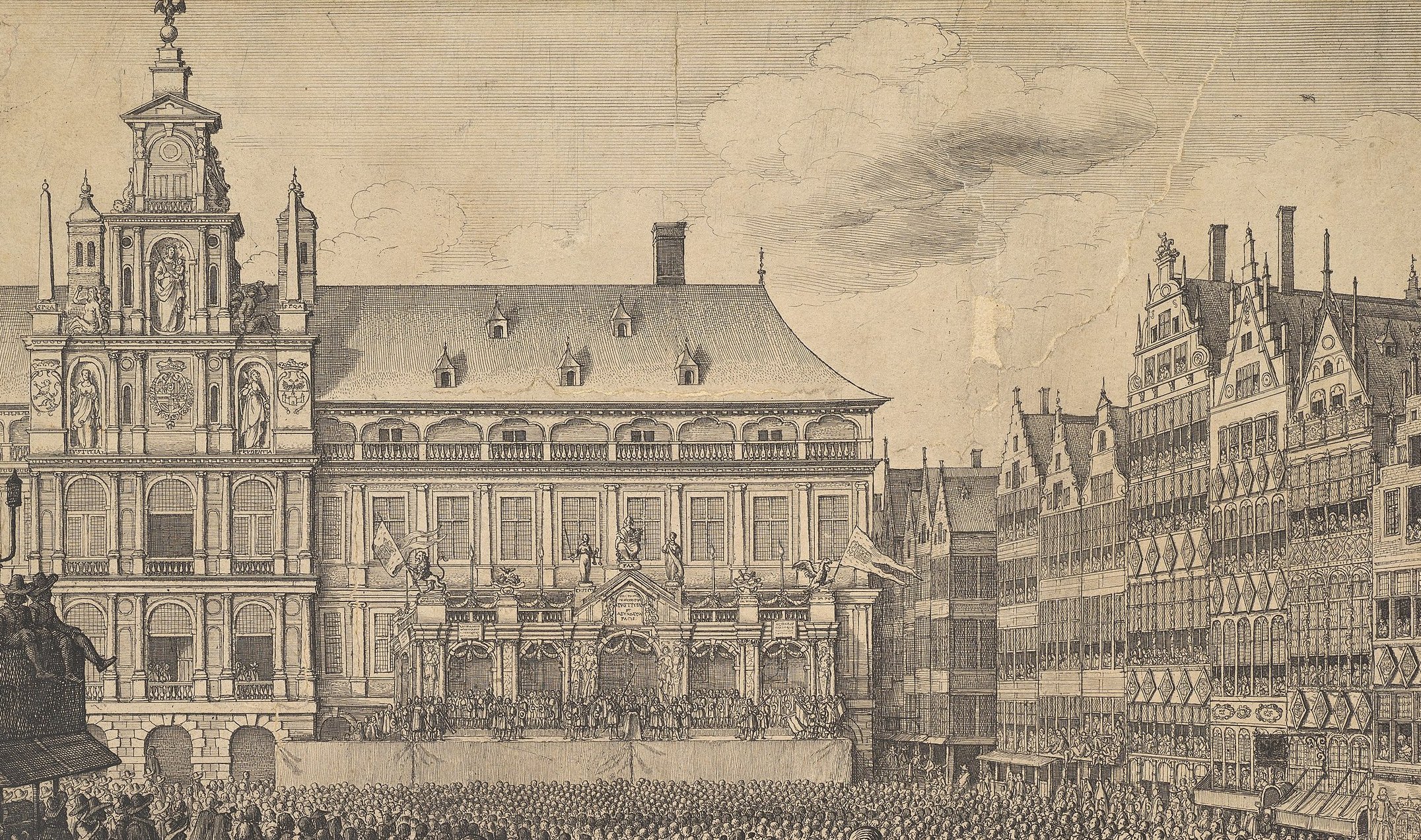 Wenceslaus Hollar, Wikimedia Commons
Wenceslaus Hollar, Wikimedia Commons
The Legacy
Due to the distrust and paranoia that spread, this fear of the “other,” it is believed that the first European witch hunts started during this period. While those faded out, we still see some of the prejudices that this conflict created persist today.
You May Also Like:
Jonathan Wild Was A Criminal Mastermind
Historical "Truths" That We Got So Wrong
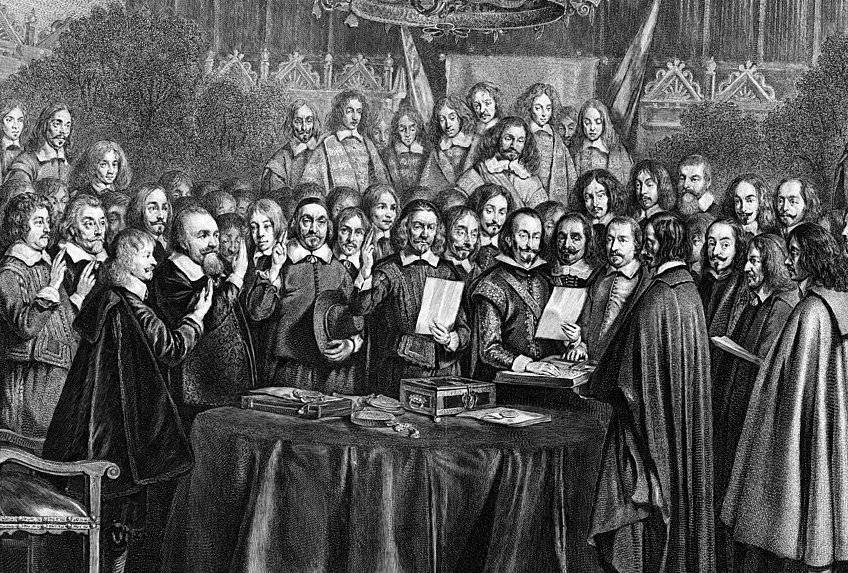 Jonas Suyderhoef, Wikimedia Commons
Jonas Suyderhoef, Wikimedia Commons
Sources: 1


